We have been “hiding” from potential cyclones in Gambier, in the Southern part of French Polynesia, since early December. As the cyclone season is about to end, it is now safer to move further North again. Considering that winter is setting in soon this far South (the temperatures start to drop in Gambier in March), it seemed like a good time to get up and leave.
After our return to Gambier from Pitcairn, we did a quick turn around. First, we checked into the country, and thereafter, Gilles, the marine scientist we had with us on the research expedition to Pitcairn, disembarked the boat. Then, we got a good night’s sleep, before we headed out for the 450 nm sail back to the Tuamotu archipelago.
The sail was moving along rather nicely, we had 12-18 kts of true wind speed from a favorable angle, and flew the big Code Zero sail. On day 2, unfortunately, the aluminum hook which connects the sail’s furler to our bow sprit, broke off clean. The wear and tear of sailing in disturbed seas (like we have experienced in the Pacific), is starting to take some toll on our equipment, unfortunately…
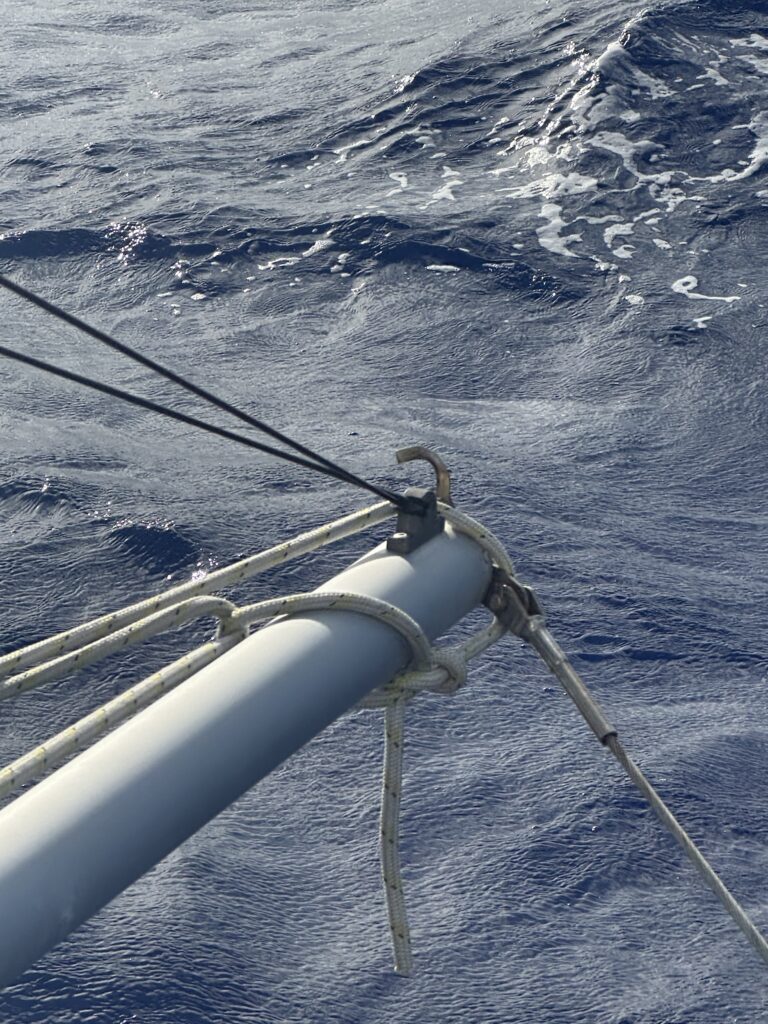
It was not a trivial task to get it down, and the admiral outfitted the captain with a helmet, due to the furler violently swinging around on the forward deck. After much work, we were able to furl it up, but we still had a “balloon” of the sail which was flapping in the wind. And, we were not able to lower the sail, as the halyard was stuck at the top of the mast. Not a great situation at all. We sailed like this for a day, before we had less wind and it was safe enough for the captain to go up the mast. At last, we were able to lower the sail. Phew – never a dull moment!
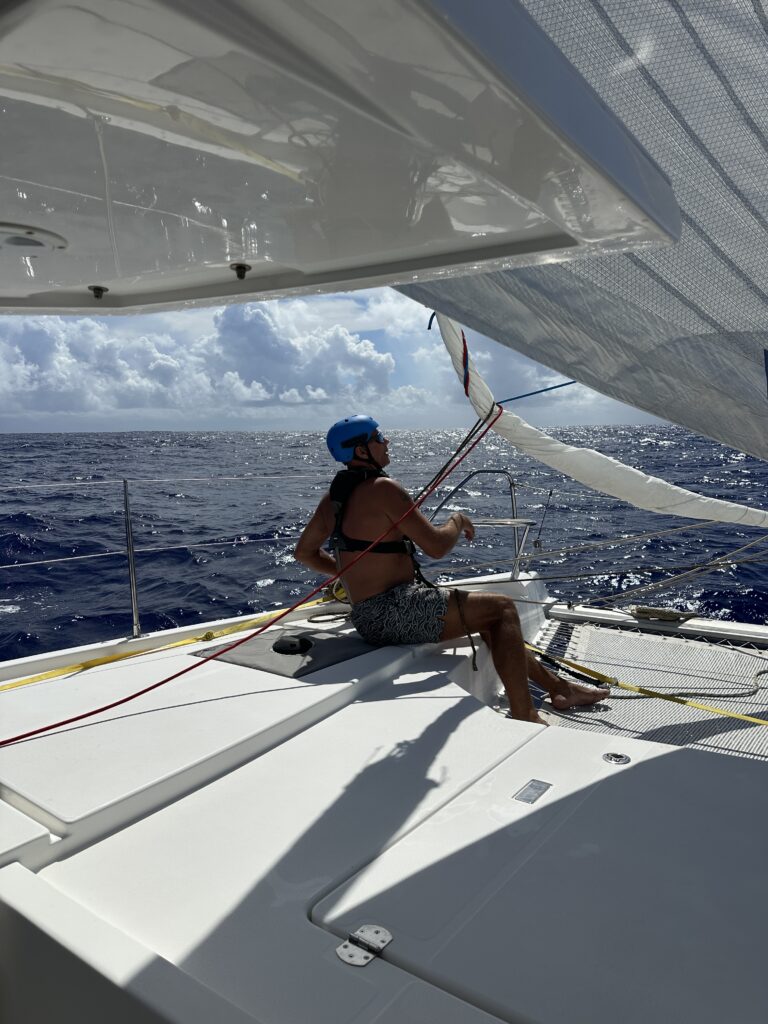
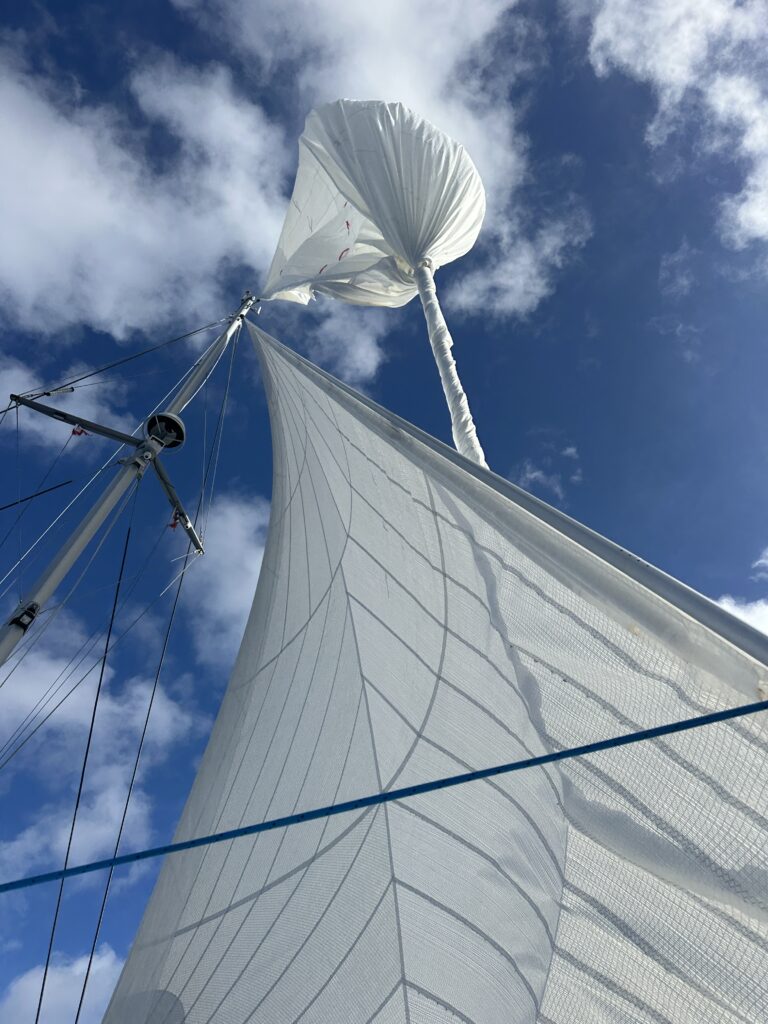
After another couple of days sailing, we reached Amanu, and went straight up to the Northern corner of the atoll, where we hunkered down behind the palm trees. On a quiet day at anchor, we were able to furl the sail in again. The captain went up the mast, and lastly, we could lower the sail again.
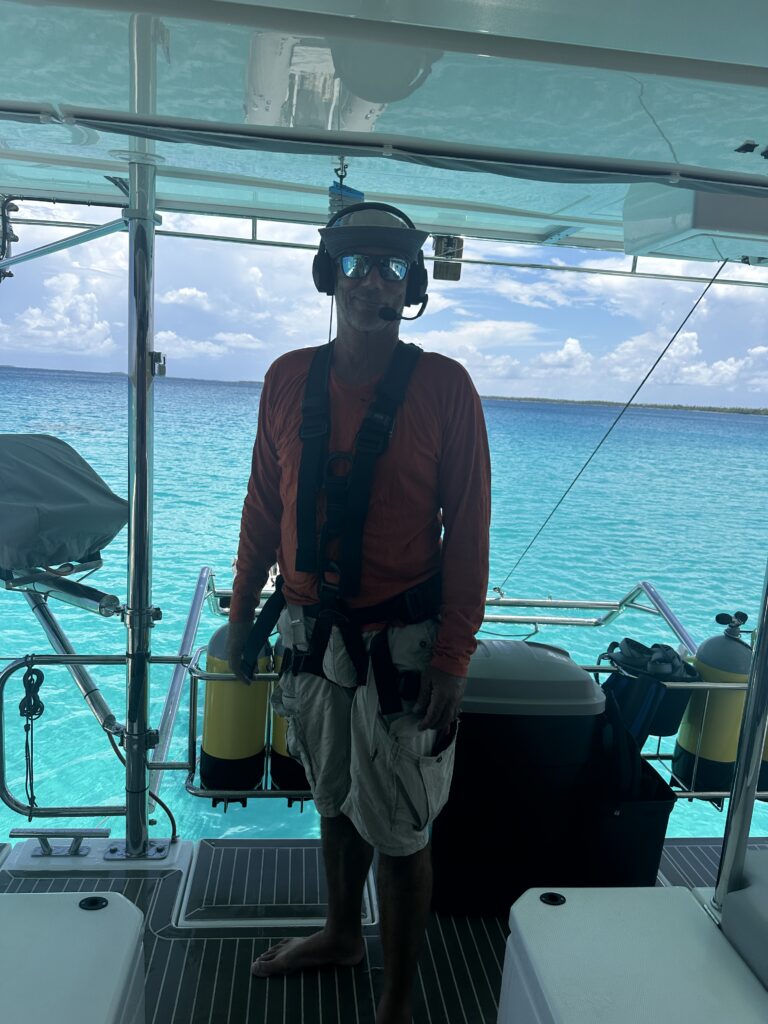
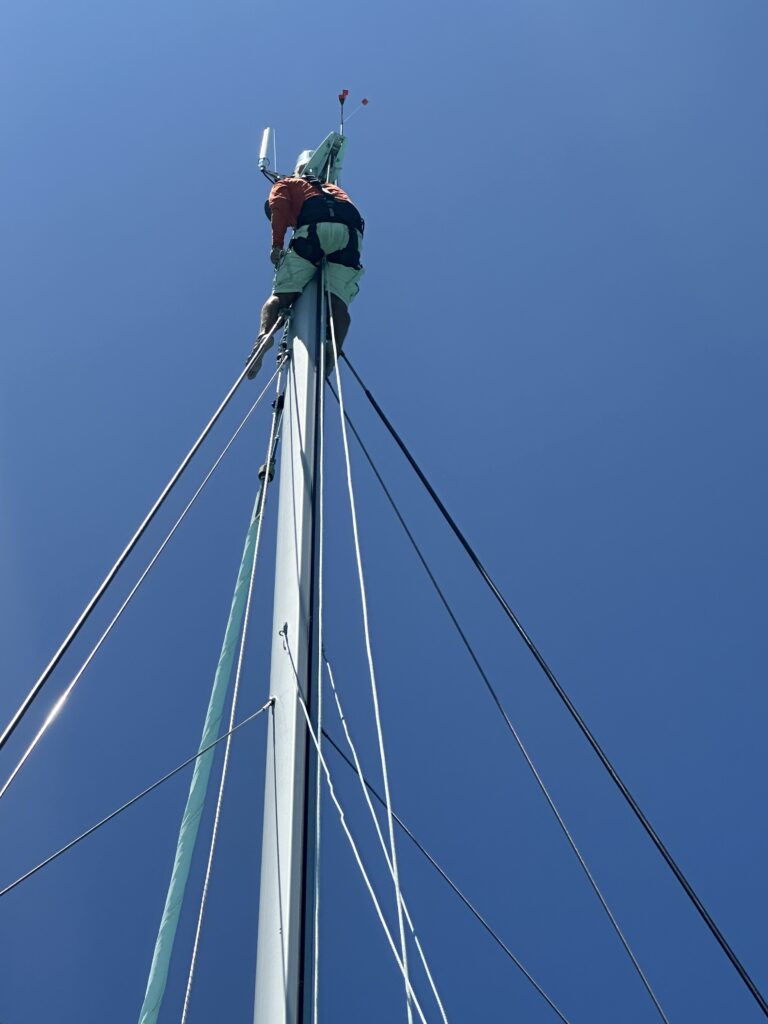
After this strenuous passage from Gambier to Amanu, and right before that, our adventurous expedition to Pitcairn, we were ready for some relaxation…
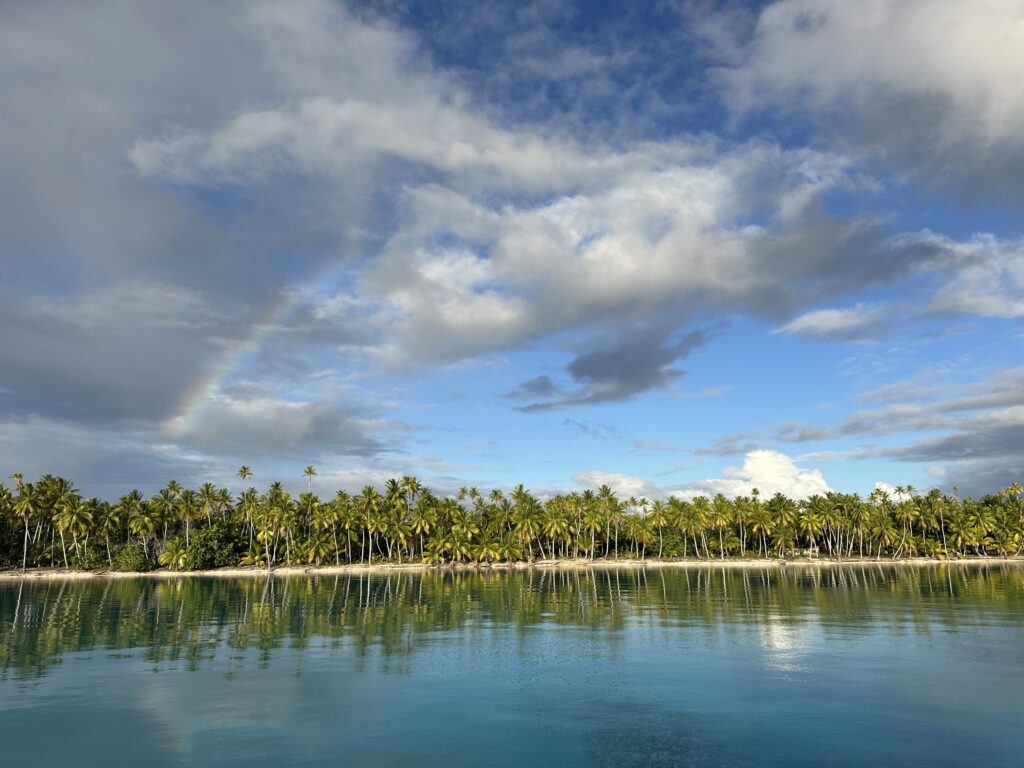
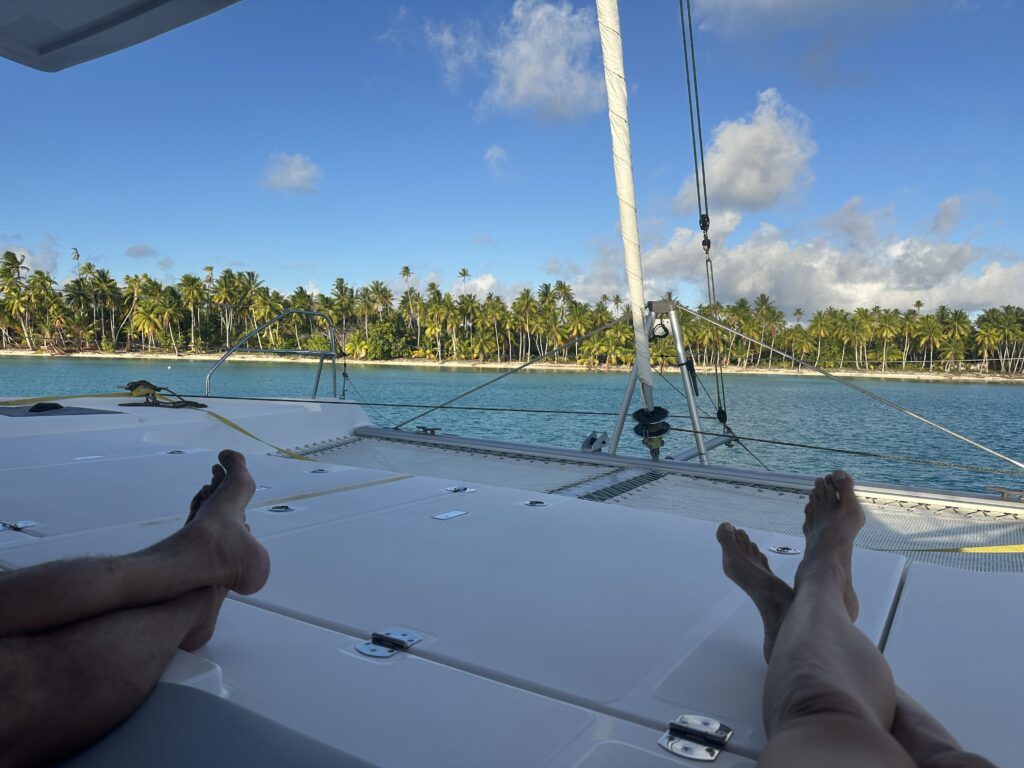
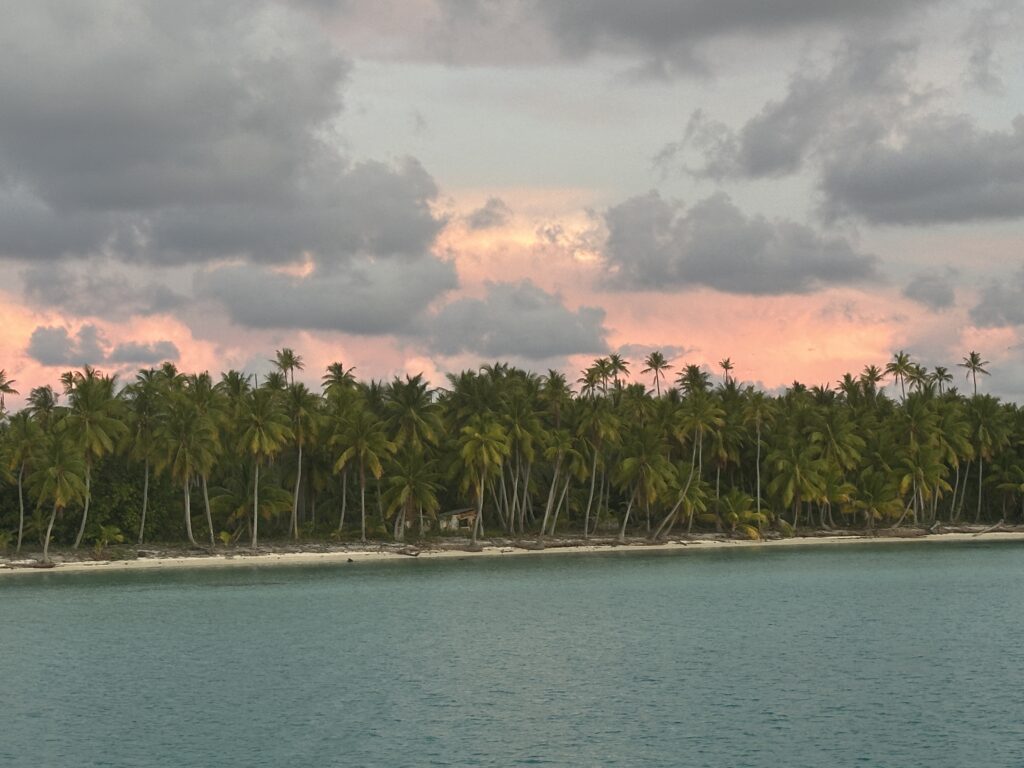
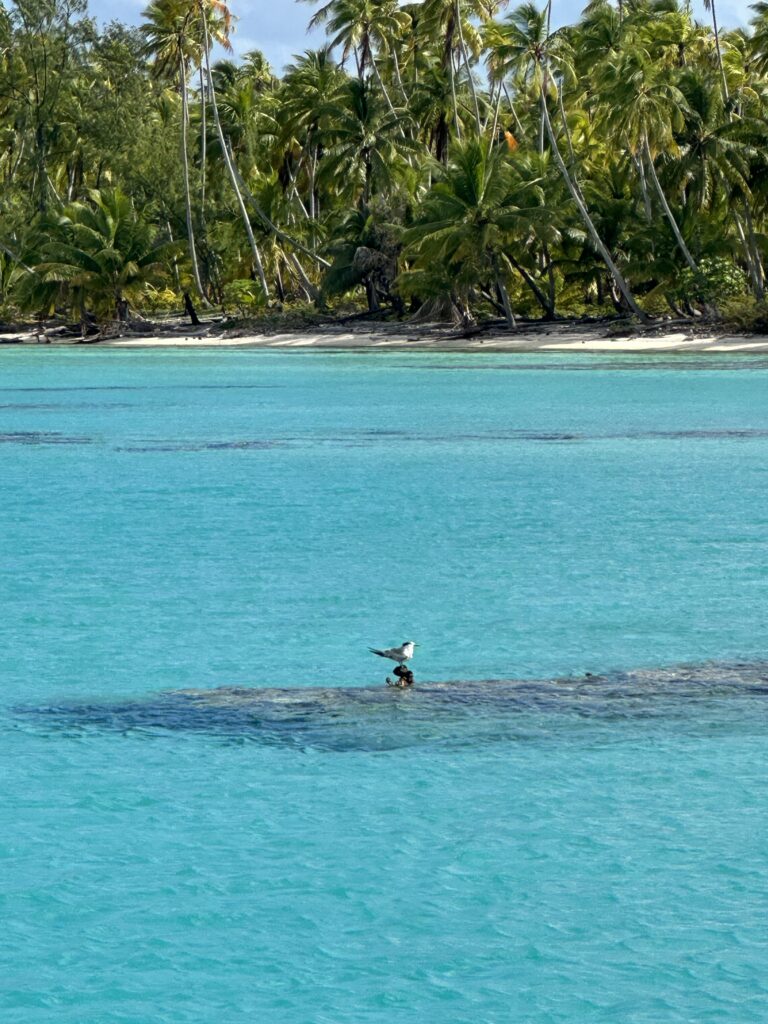
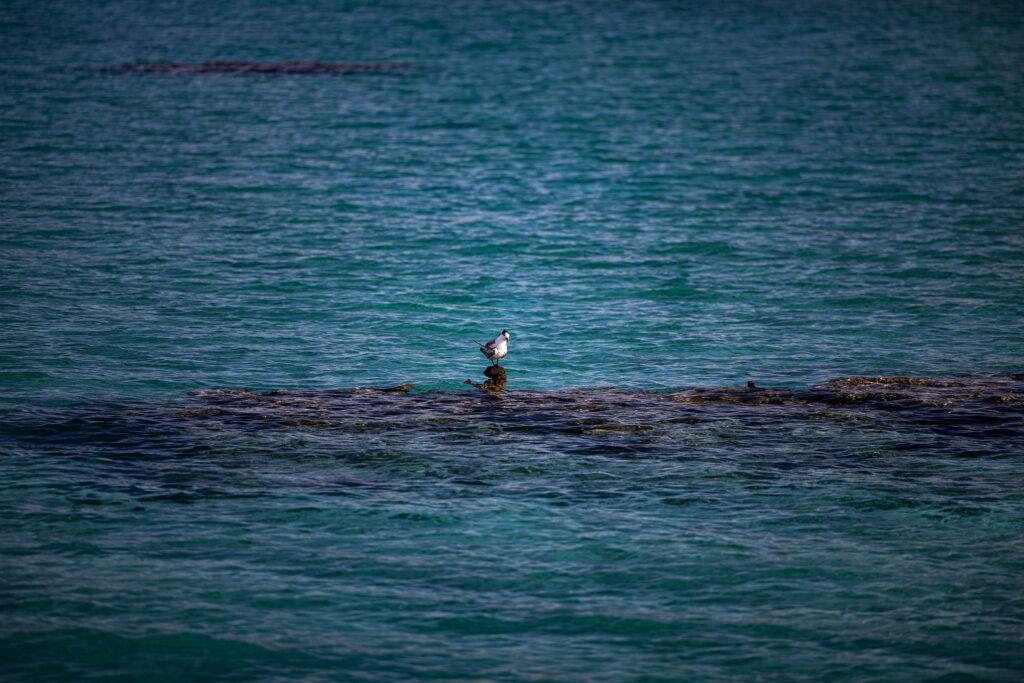
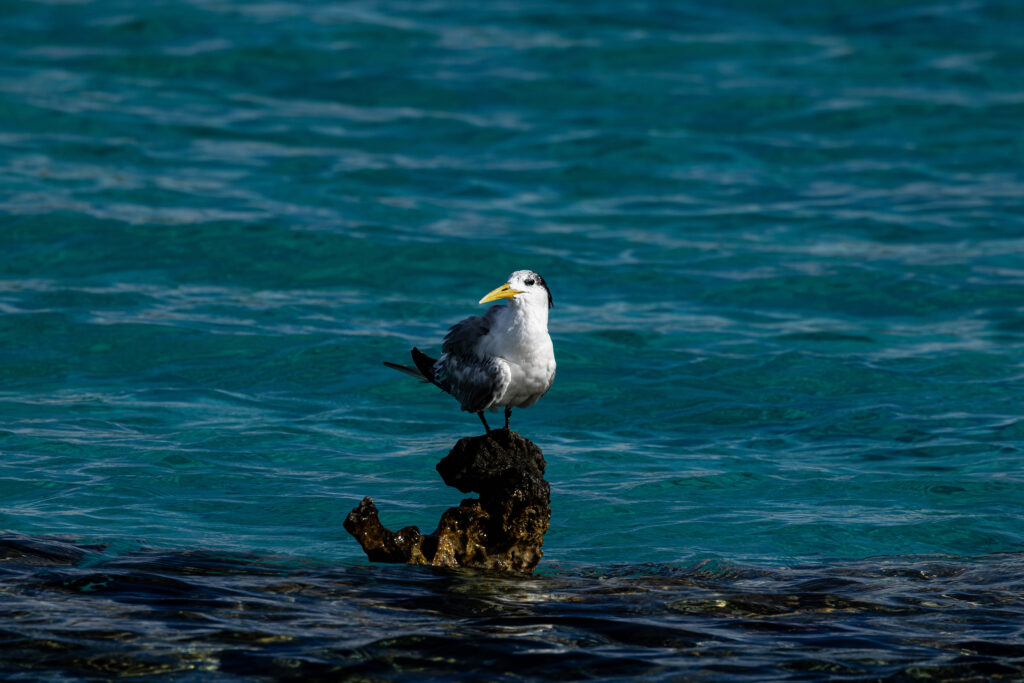
There were a couple of other boats at the same location, which were coming from Gambier as well. We were invited for a beach BBQ by one of the boats, and enjoyed a social afternoon with fellow cruisers.
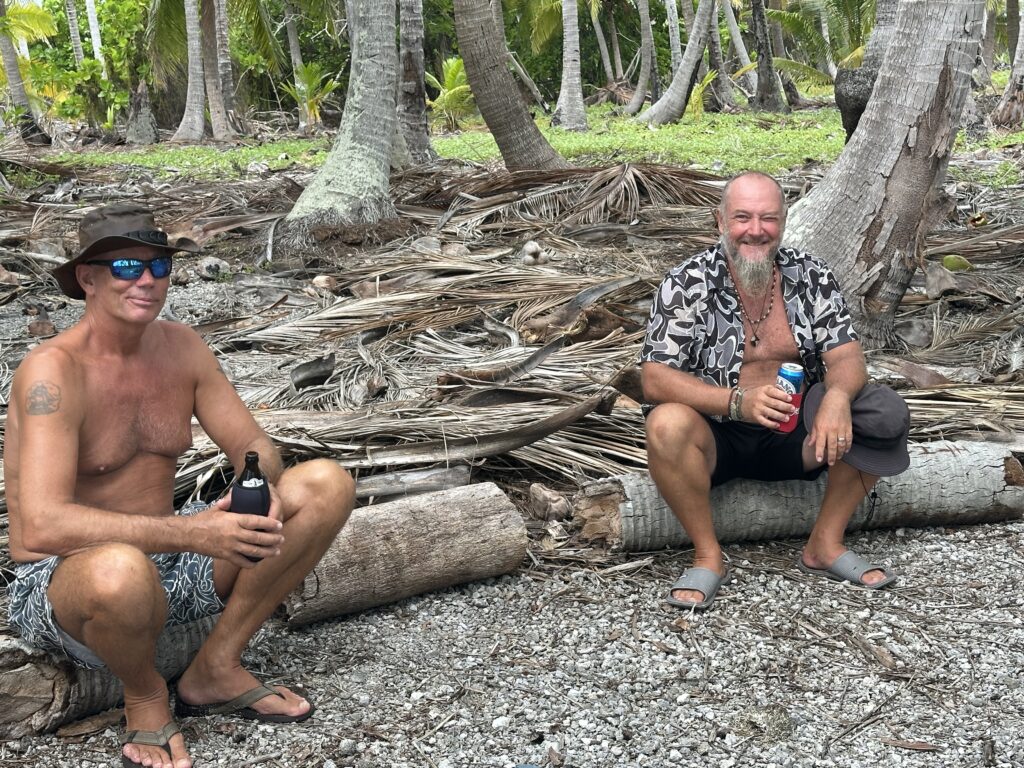
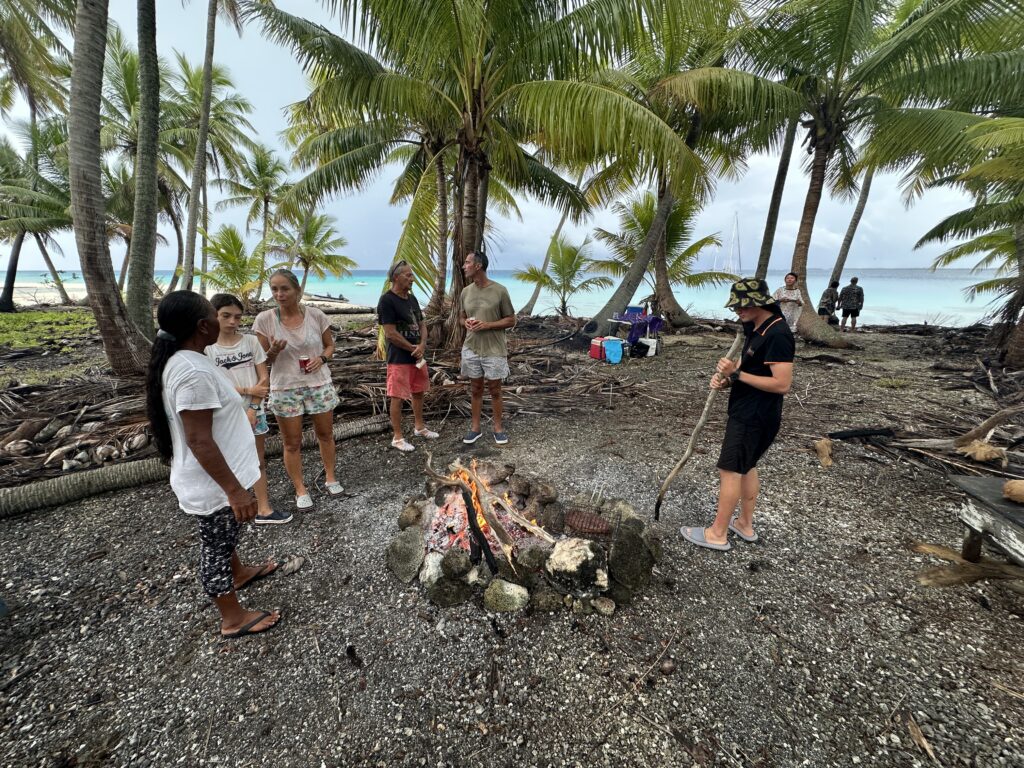
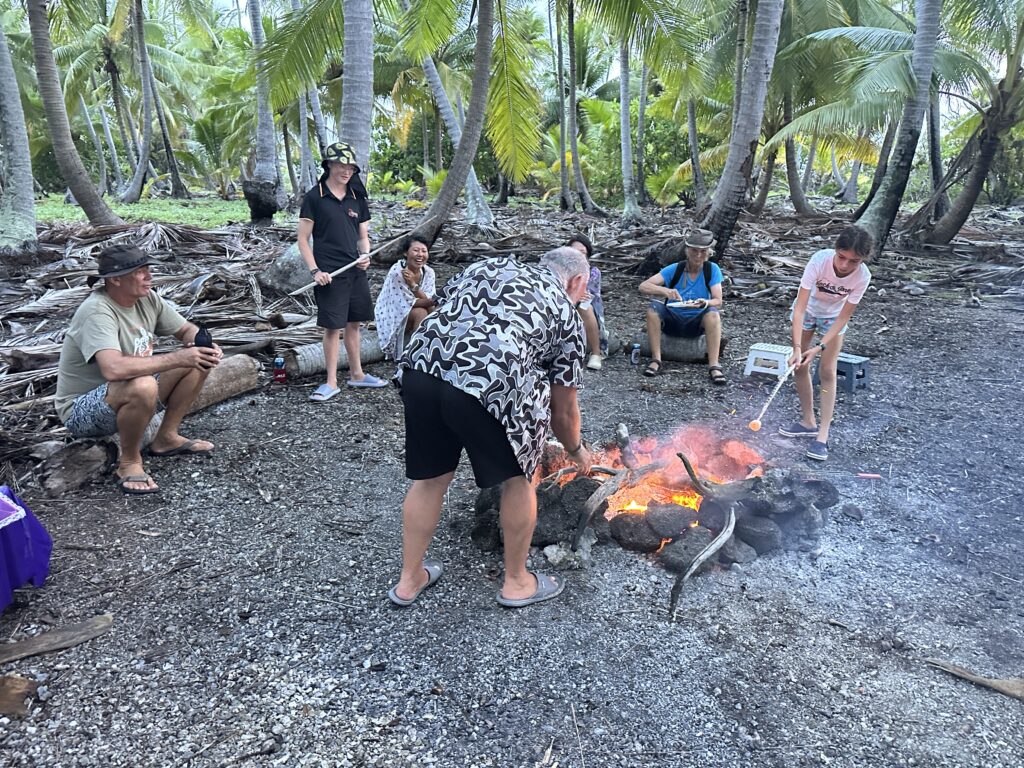
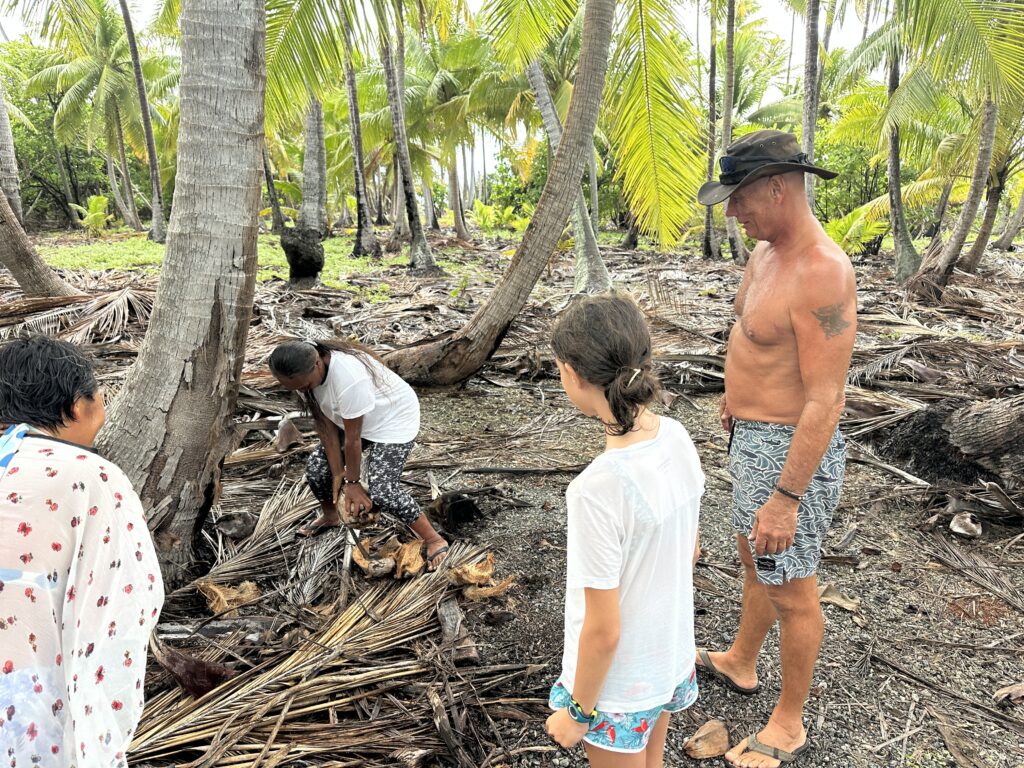
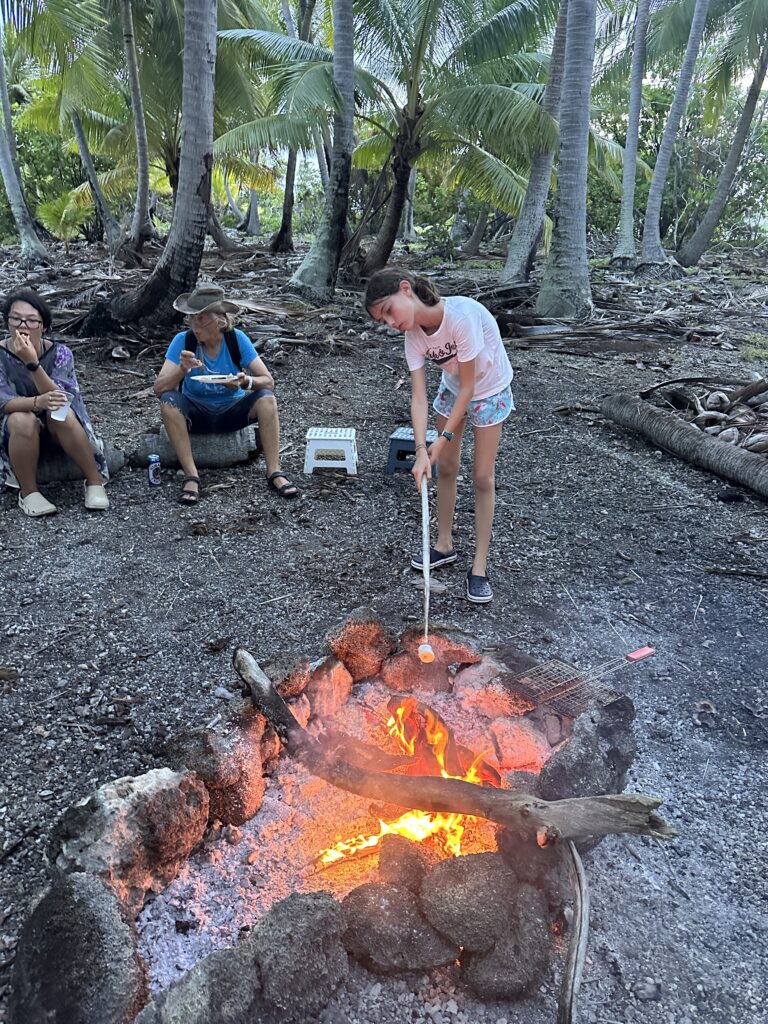
We stayed at the anchorage for a week, got some fixes done on the boat, and just hung out on this beautiful and calm anchorage, that had a private, little beach right in front of us. We did have a lot of squalls and saw a couple of thunderstorms while we were there, and were not eager to move onwards too soon.
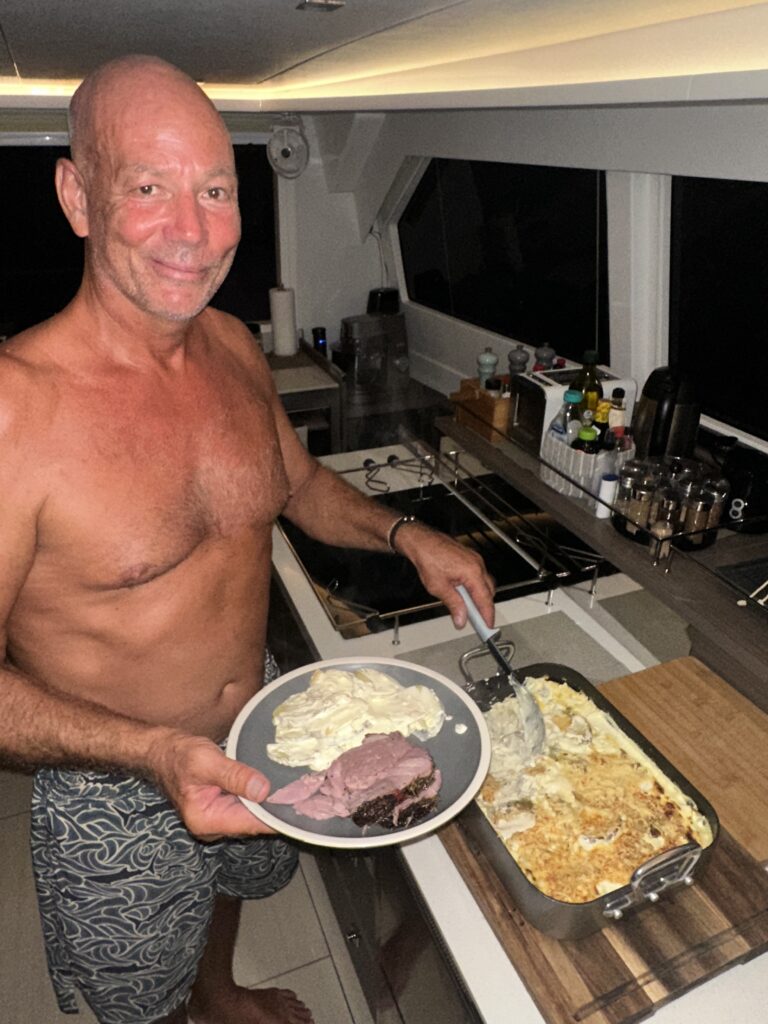
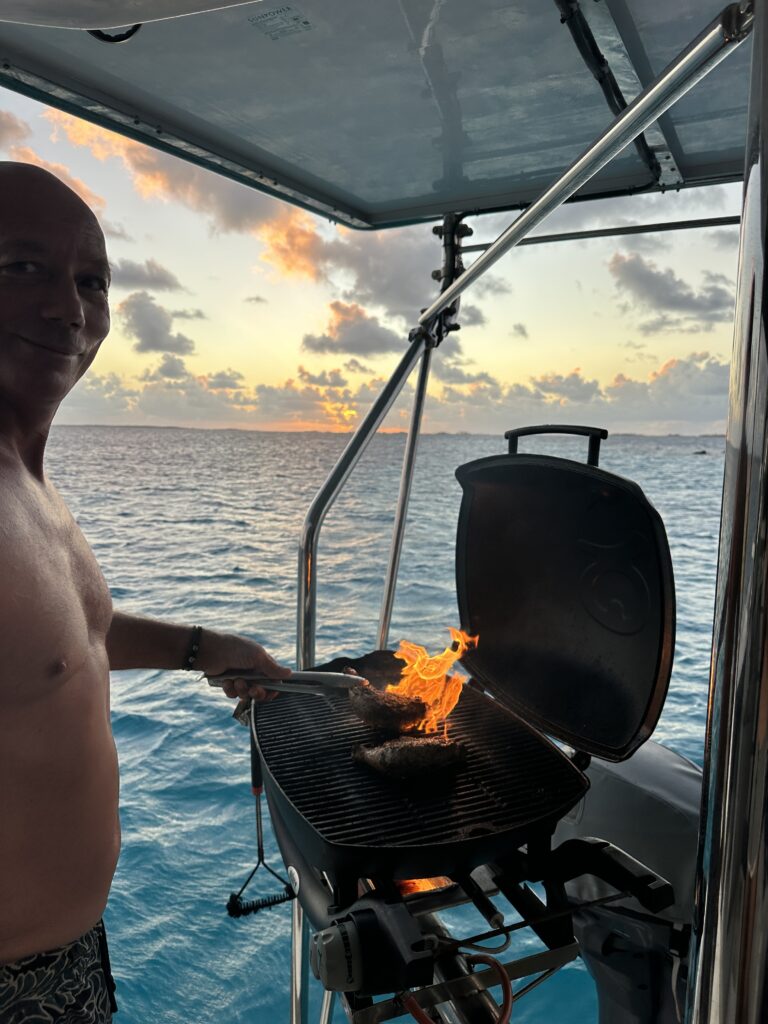
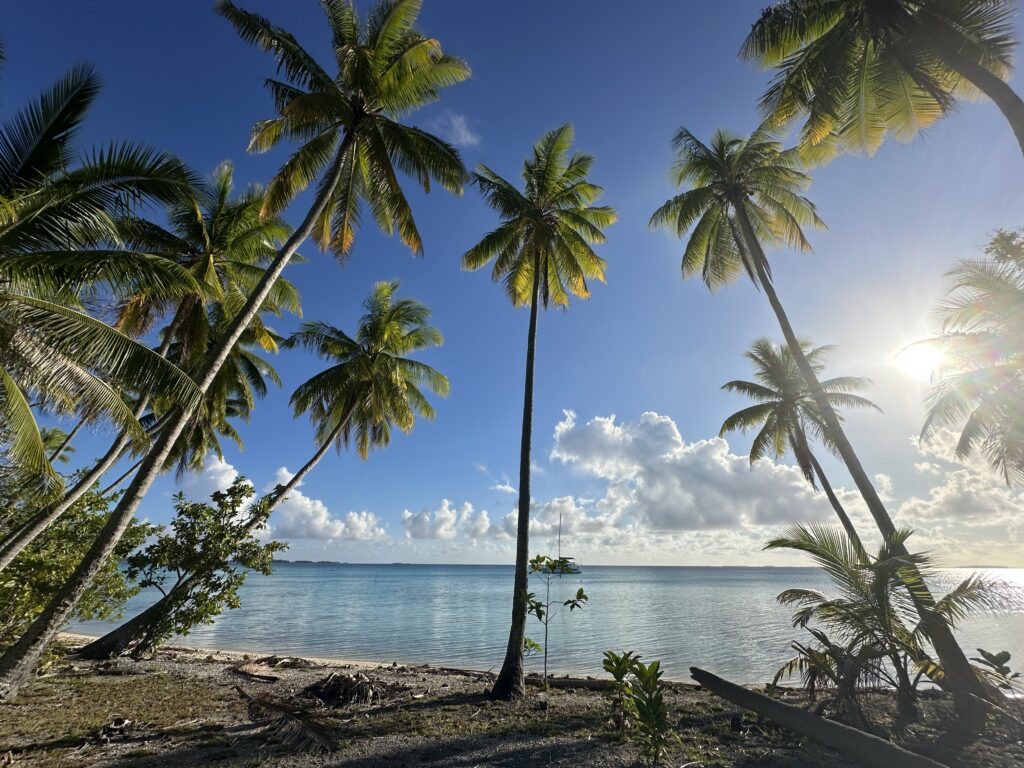
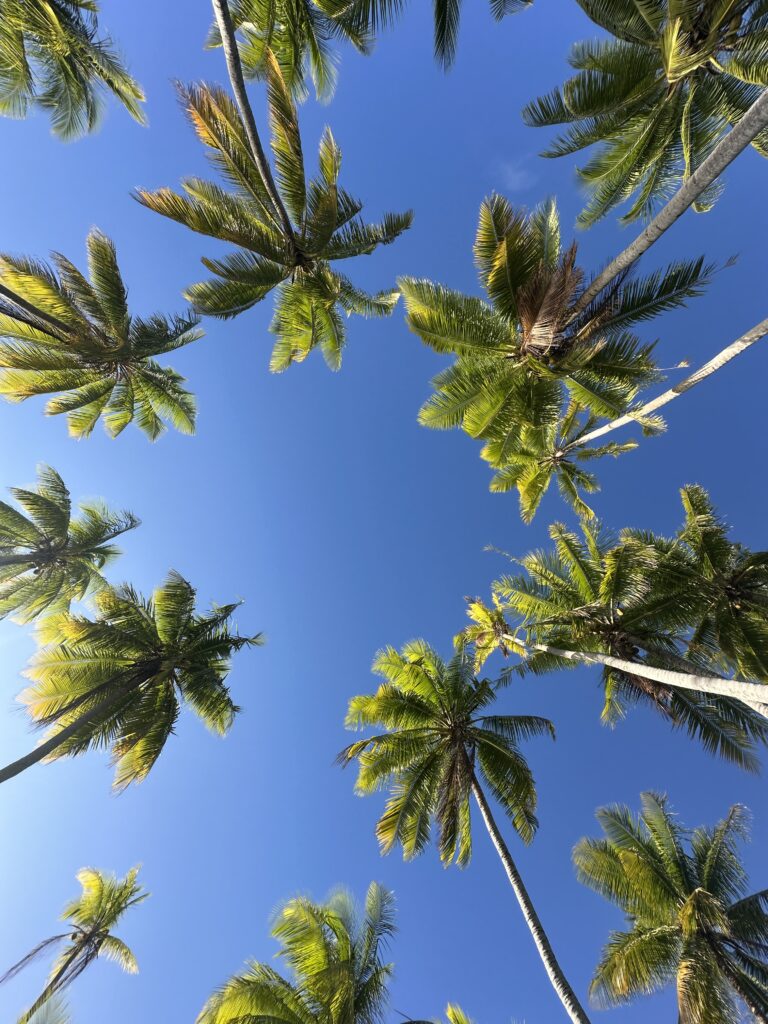
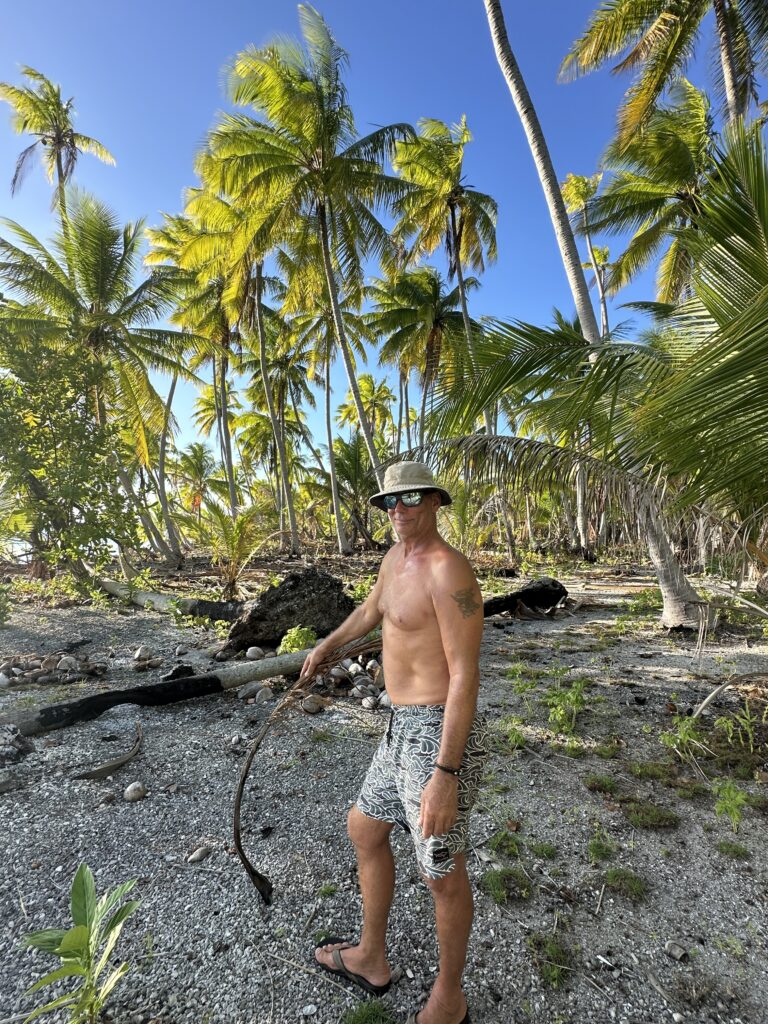
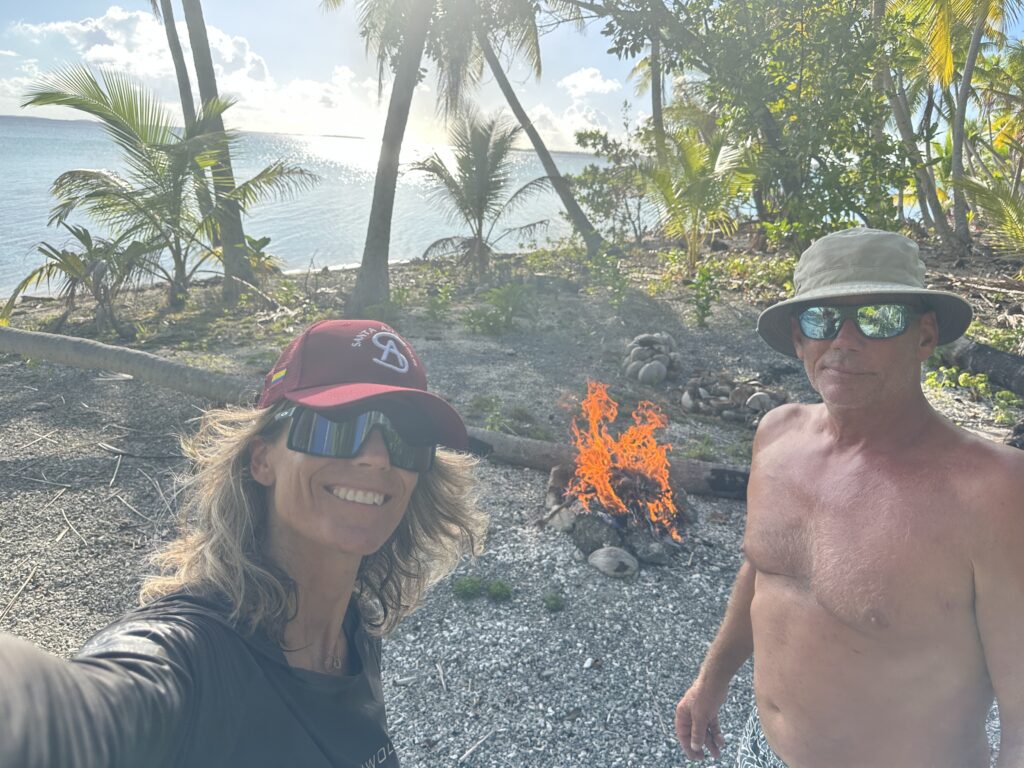
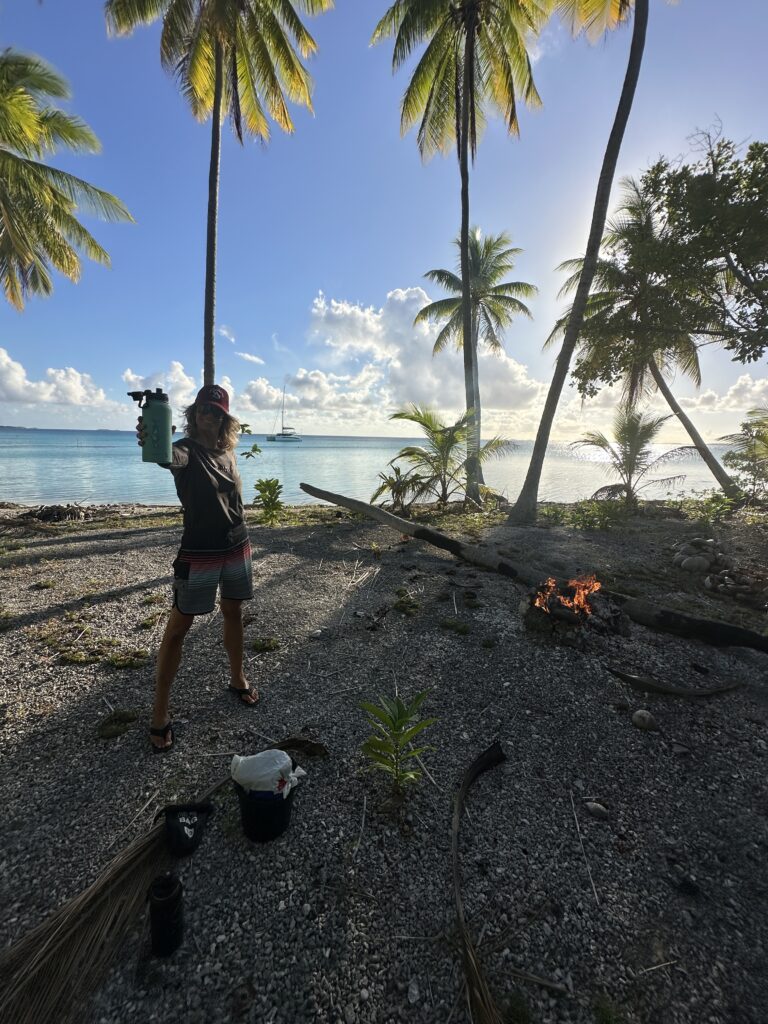
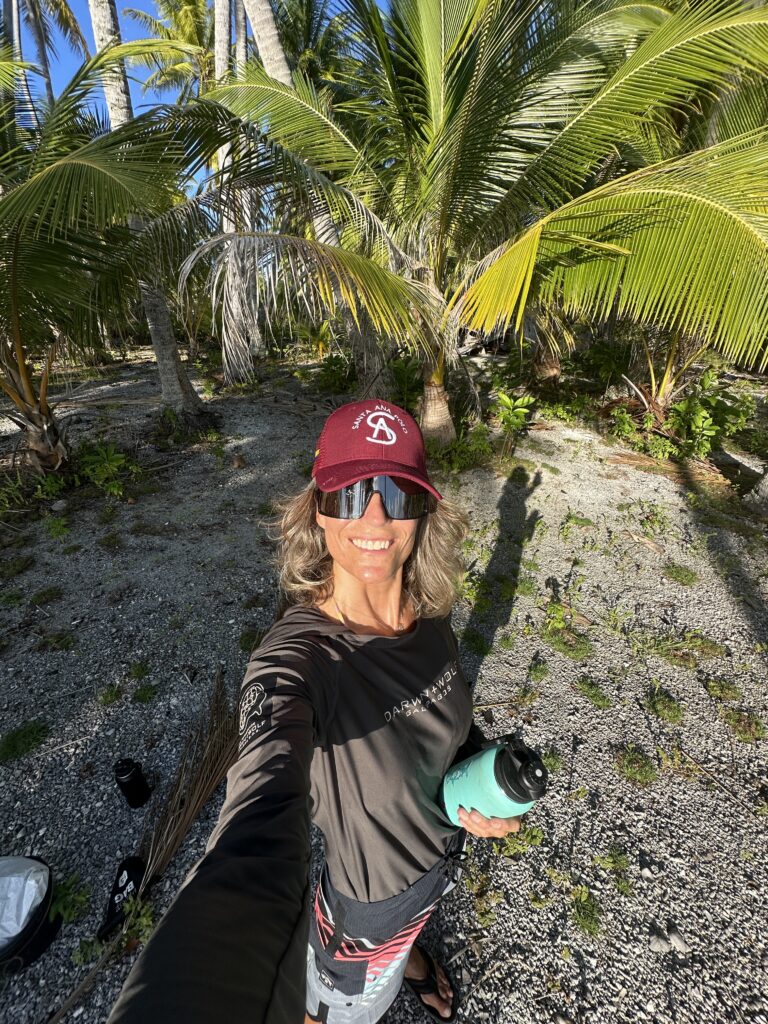
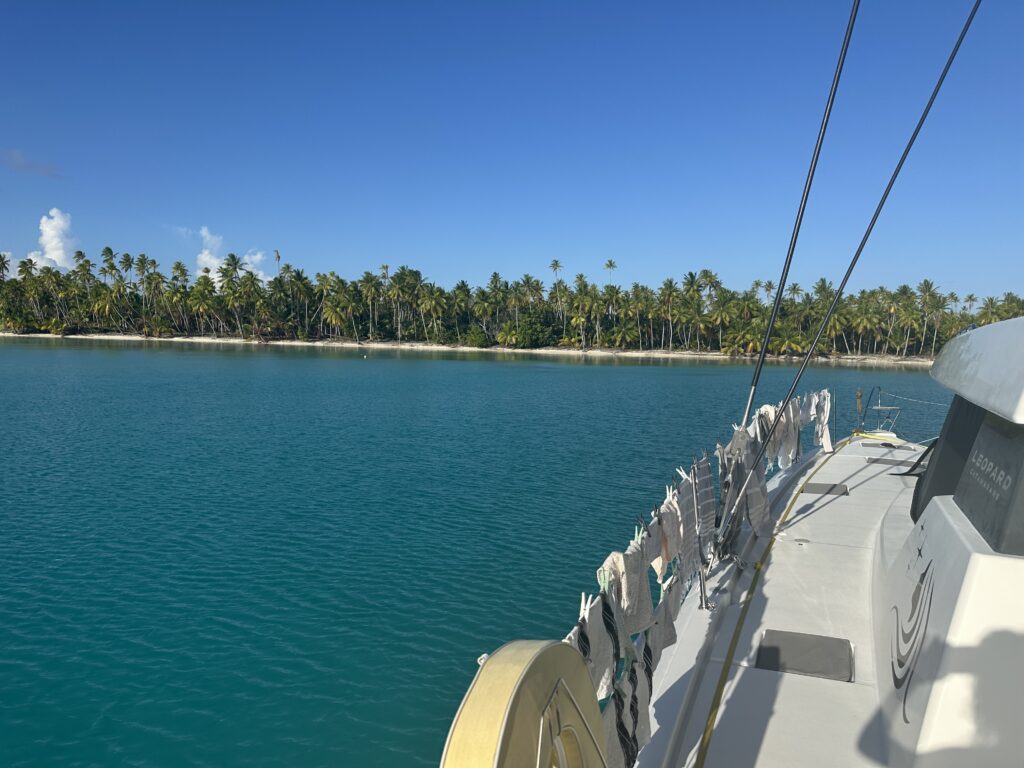
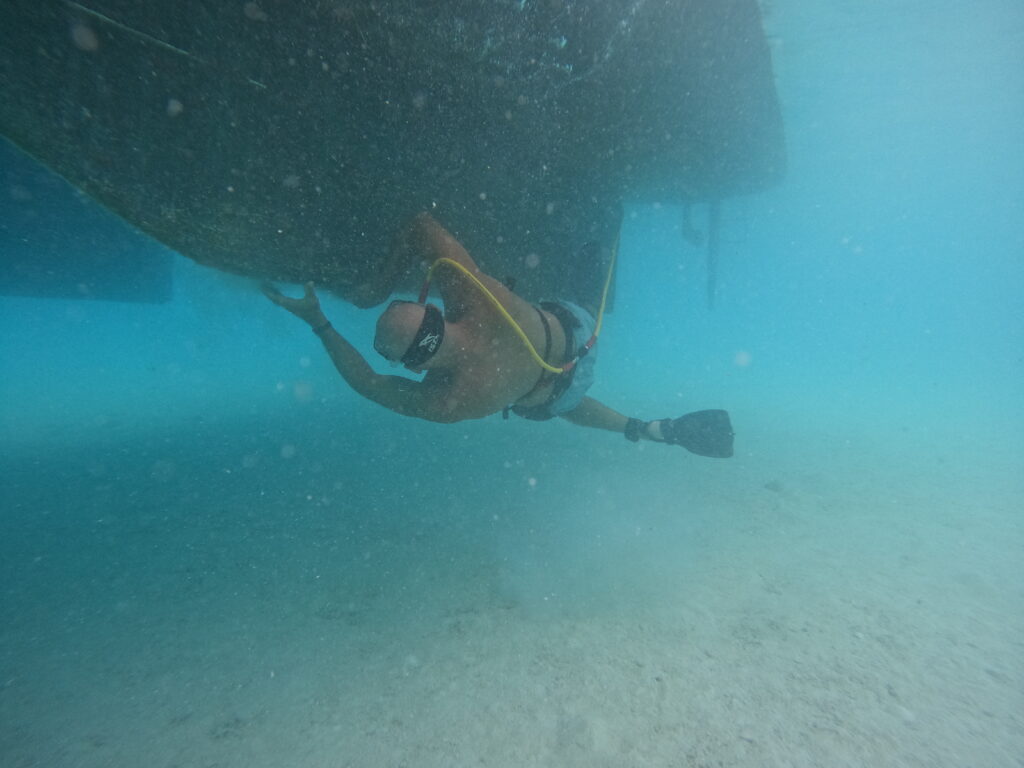
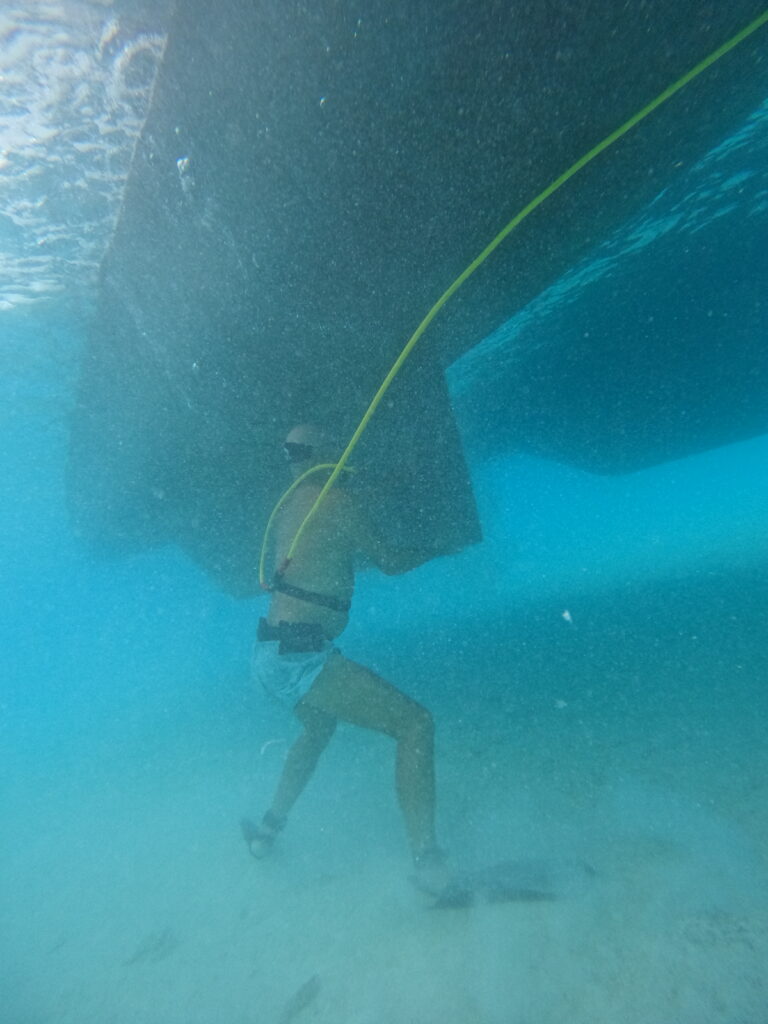
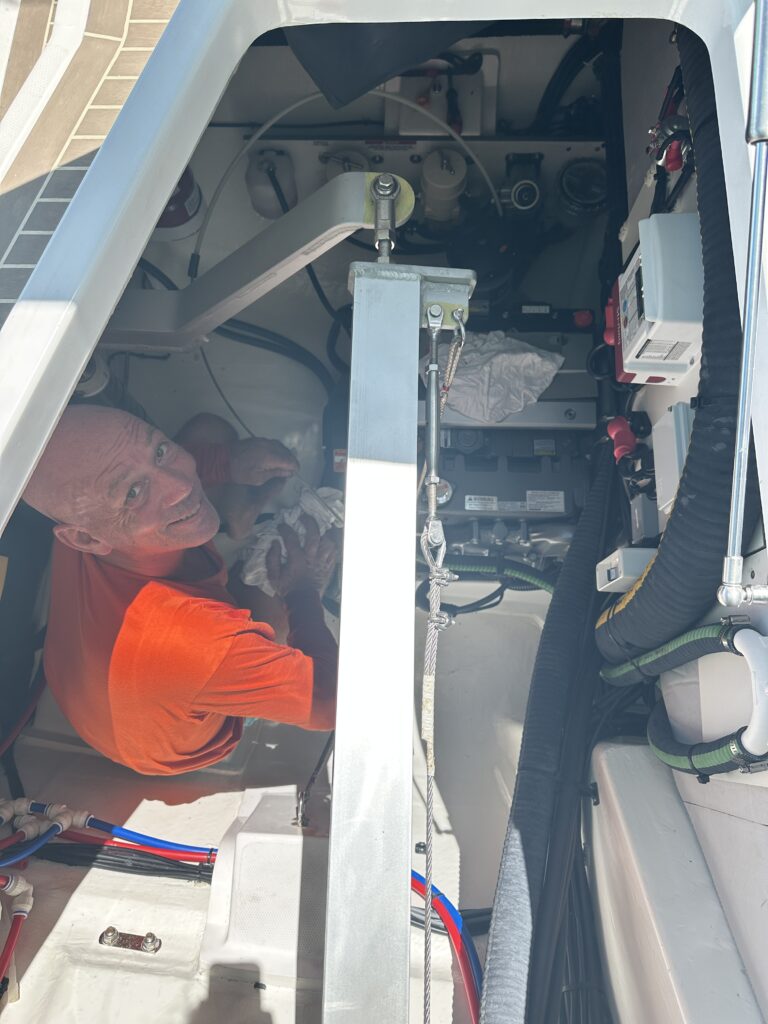
We have wanted to go hunting for coconut crabs since we learned how to do it from some locals we got to know in Makemo last year. So, one afternoon and evening we set out on a mission to see if we could catch any.
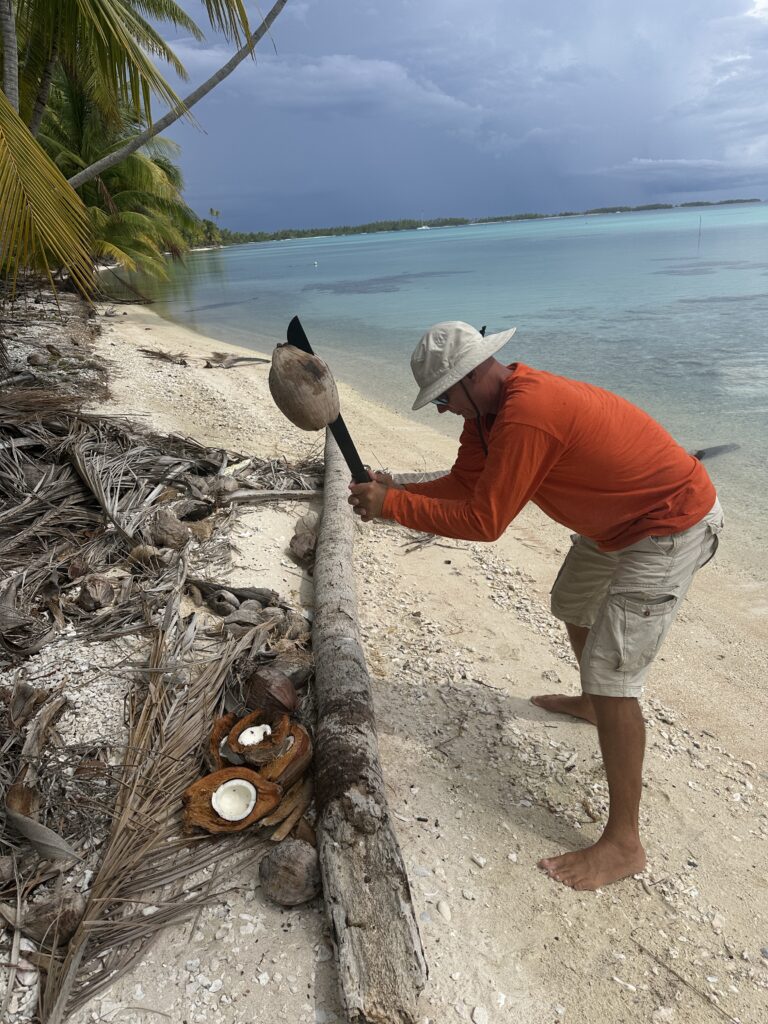
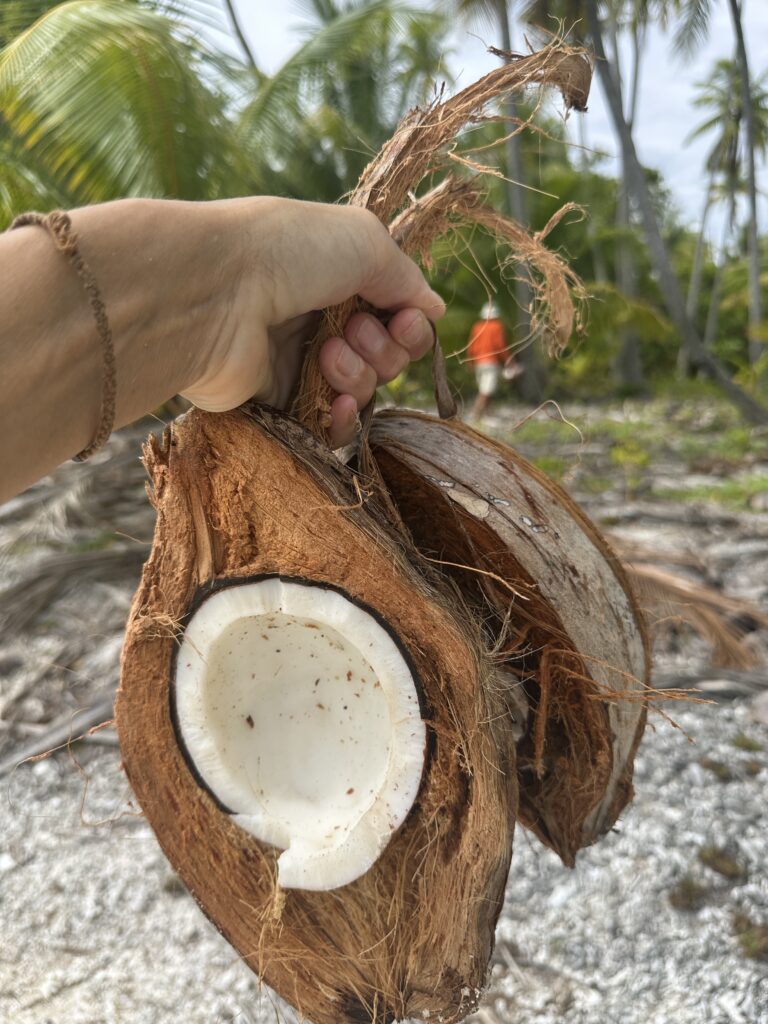
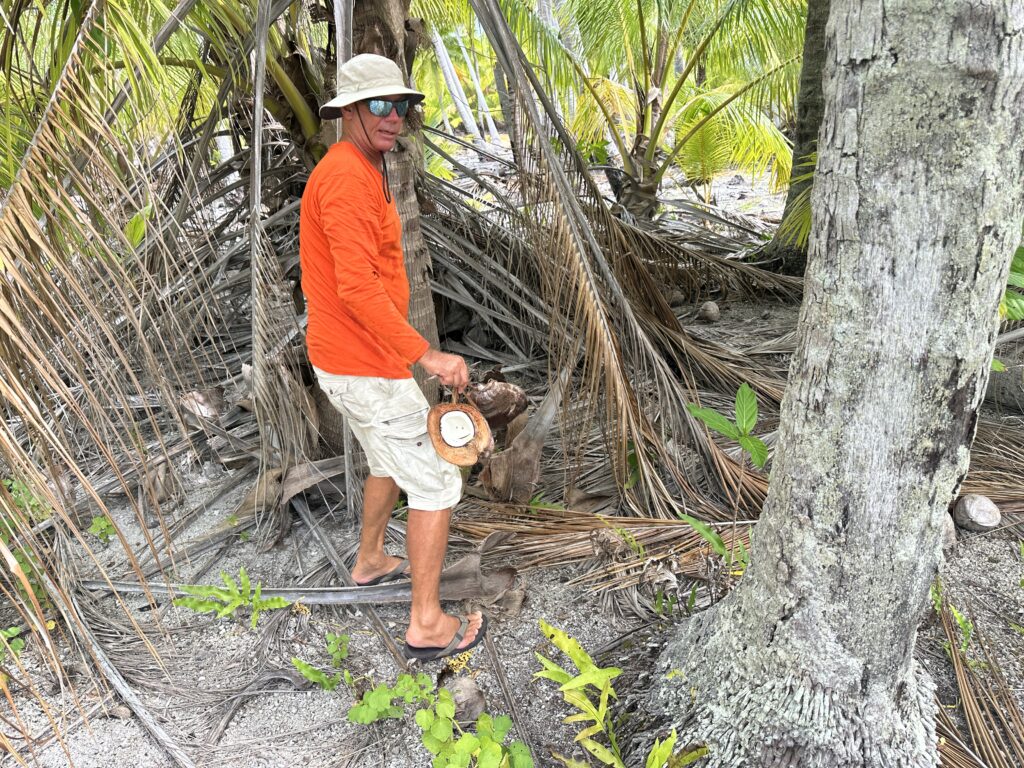
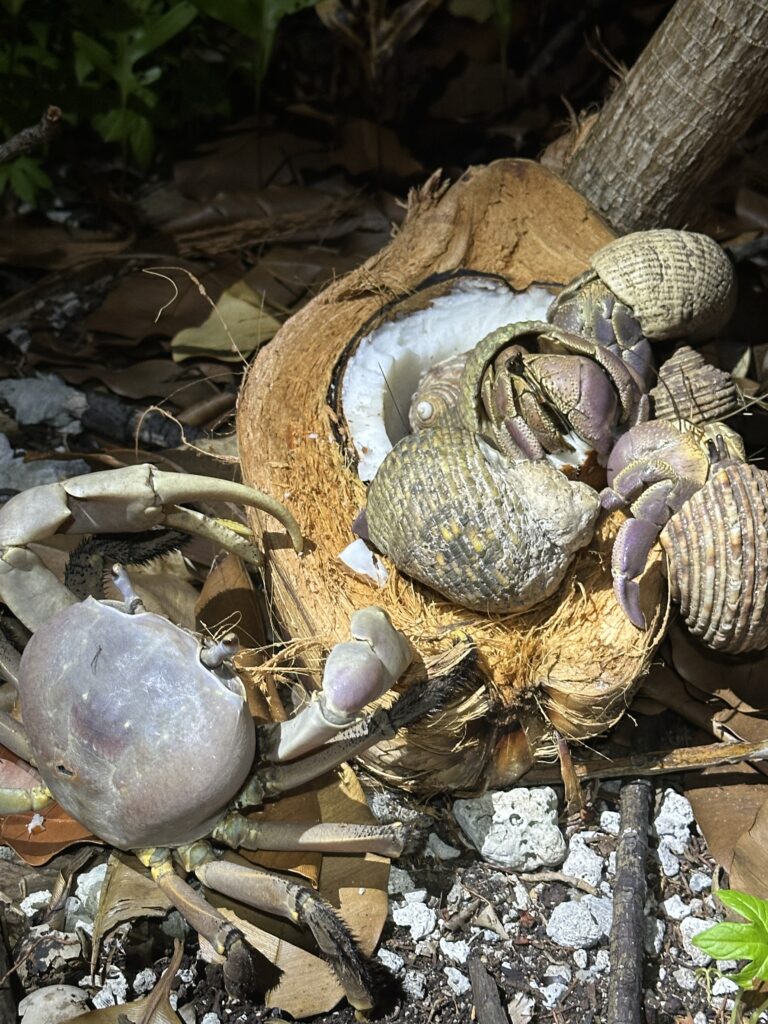
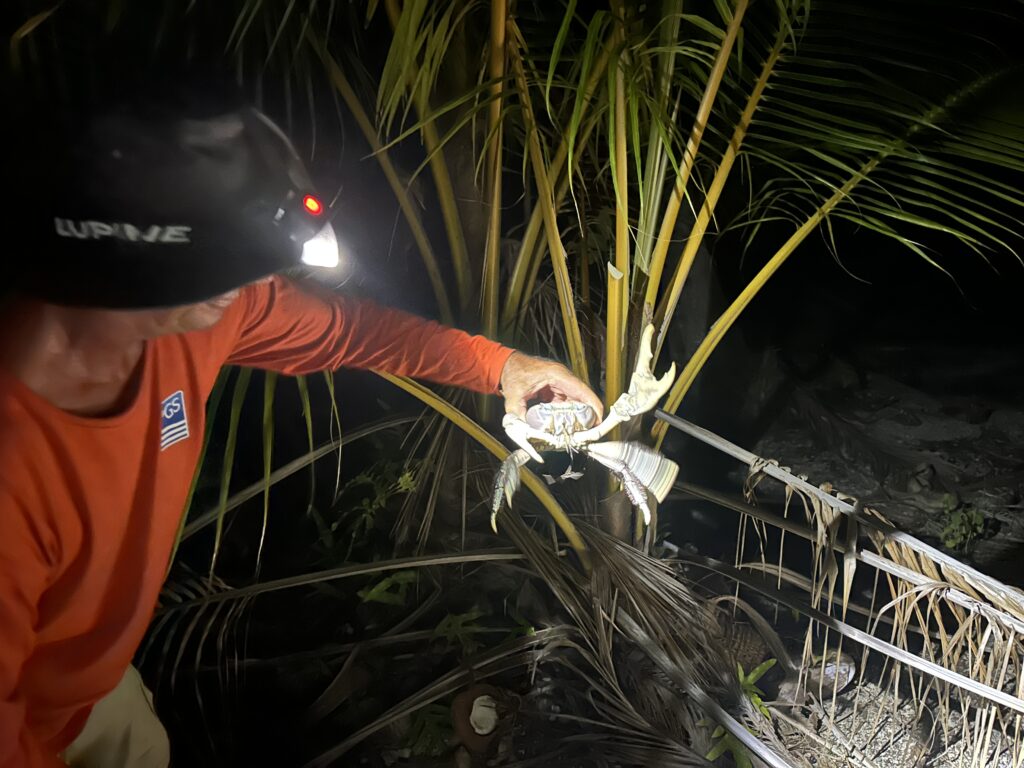
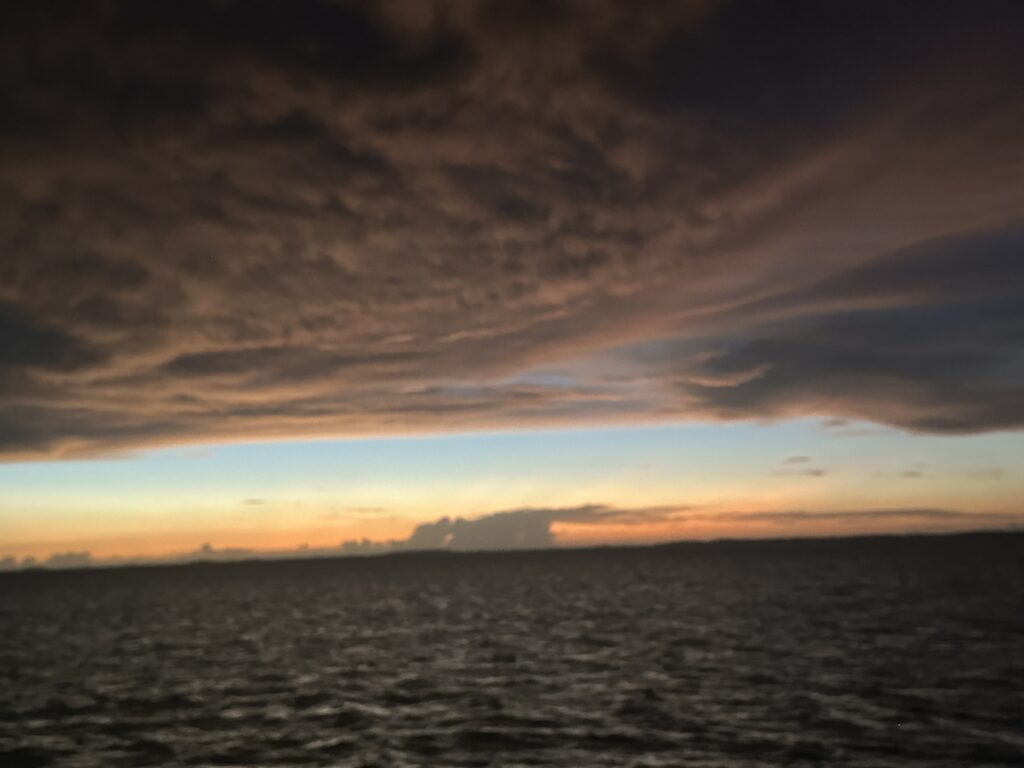
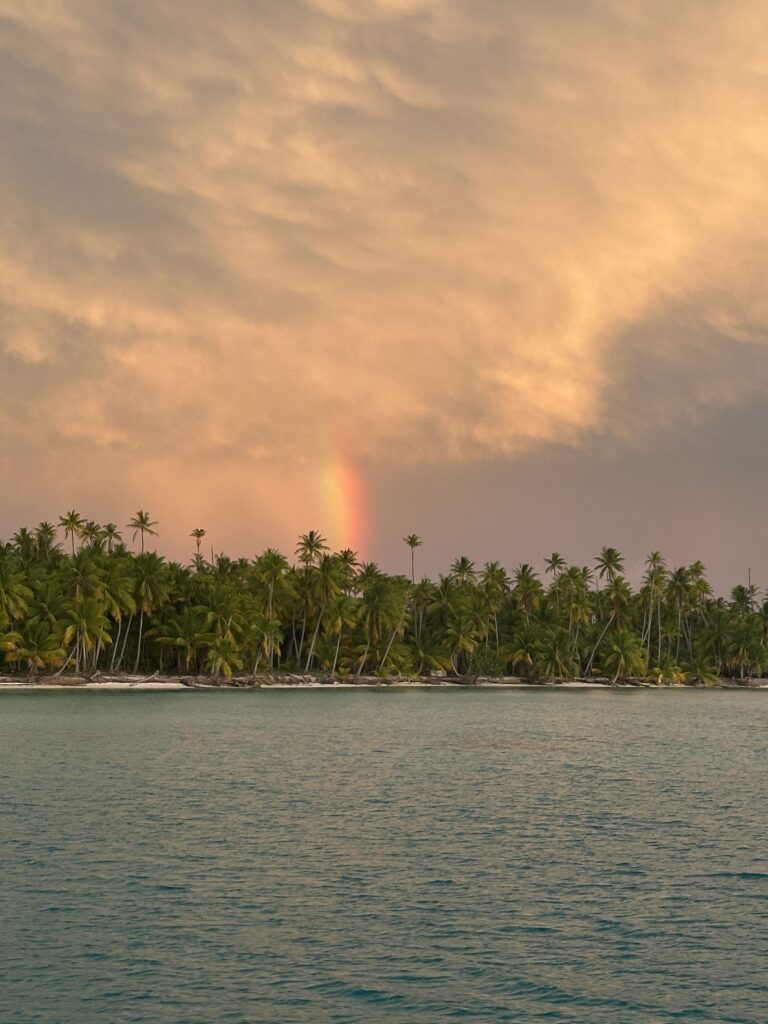
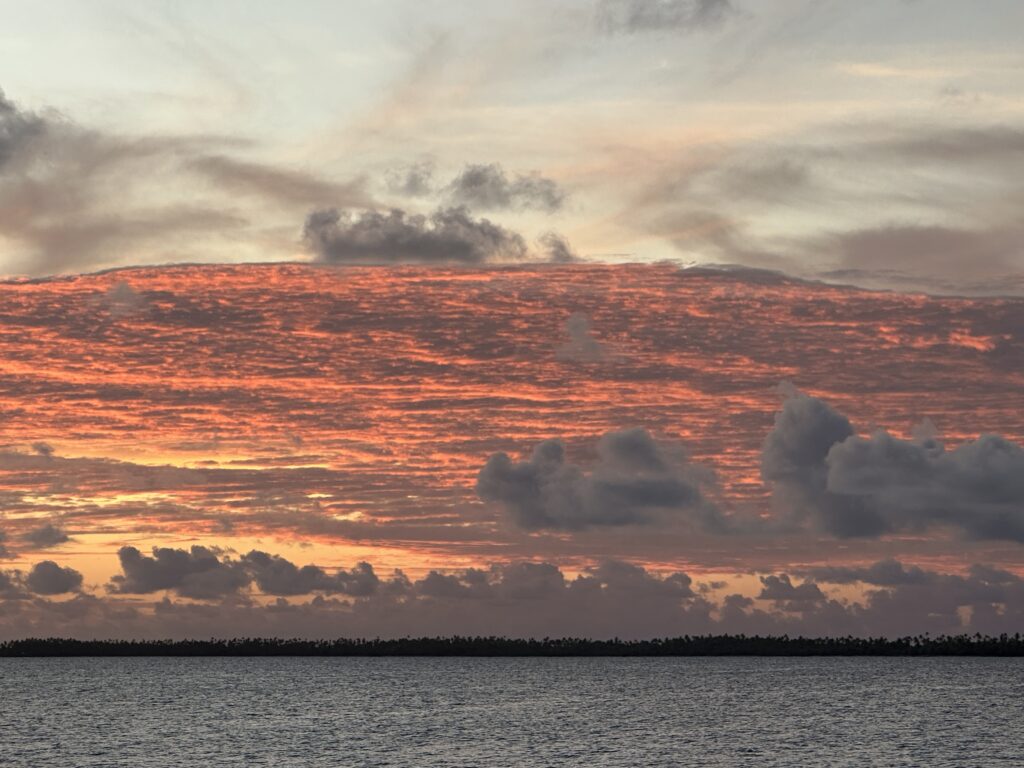
When the weather got a little calmer, we moved further South, to an anchorage that sits right in the middle of the atoll. It is a small section of the reef that just barely is above the surface. It is shaped as a star, and provides some protection. We enjoyed the solitude and beauty of the crystal clear waters there for a few days.
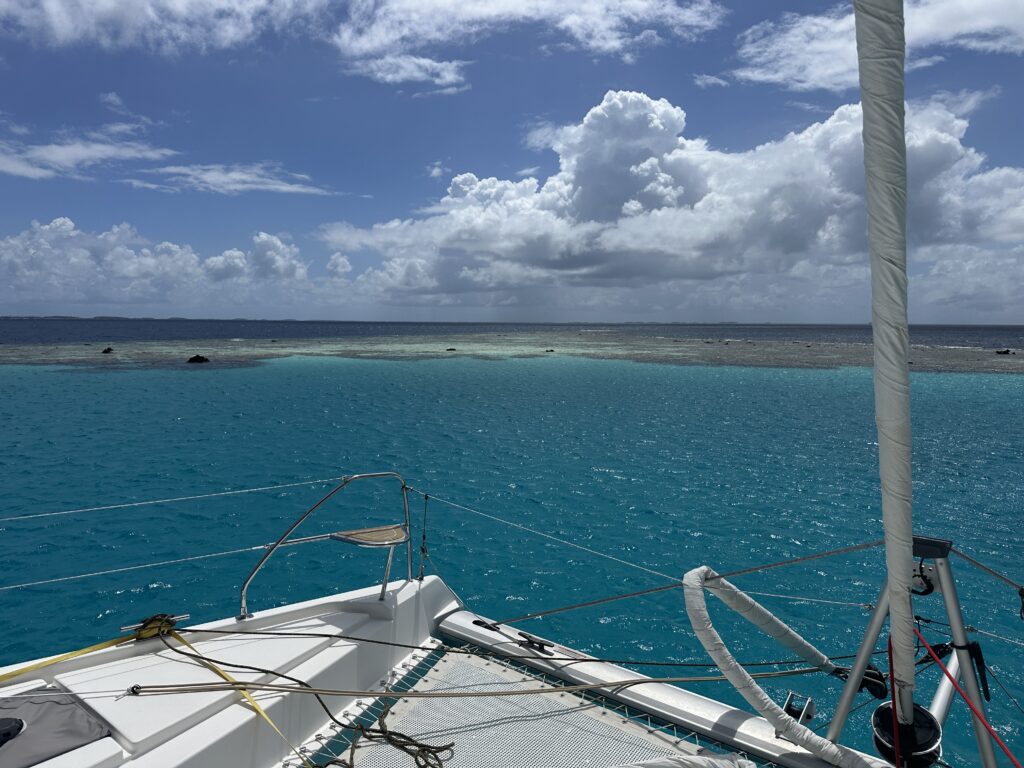
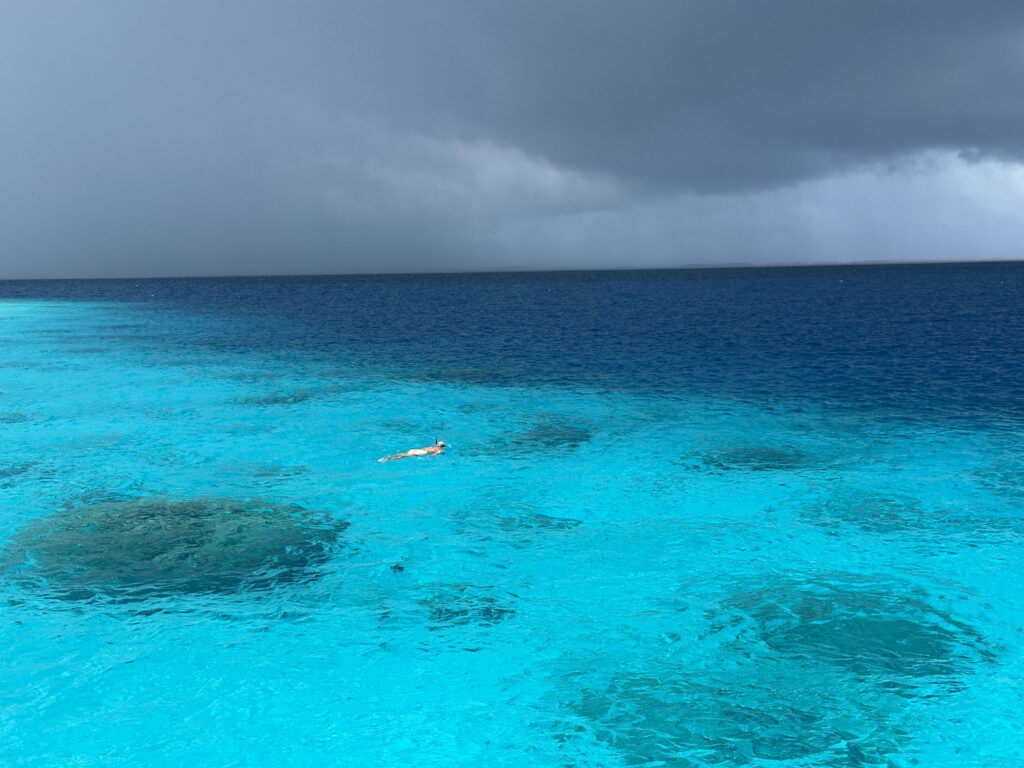
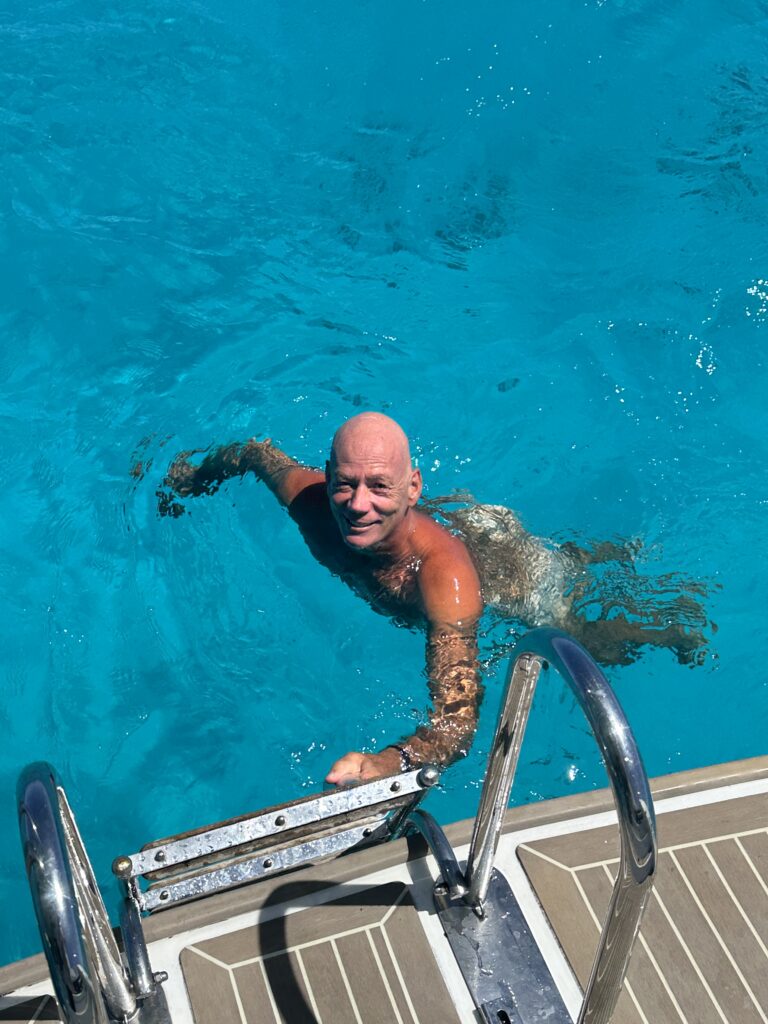
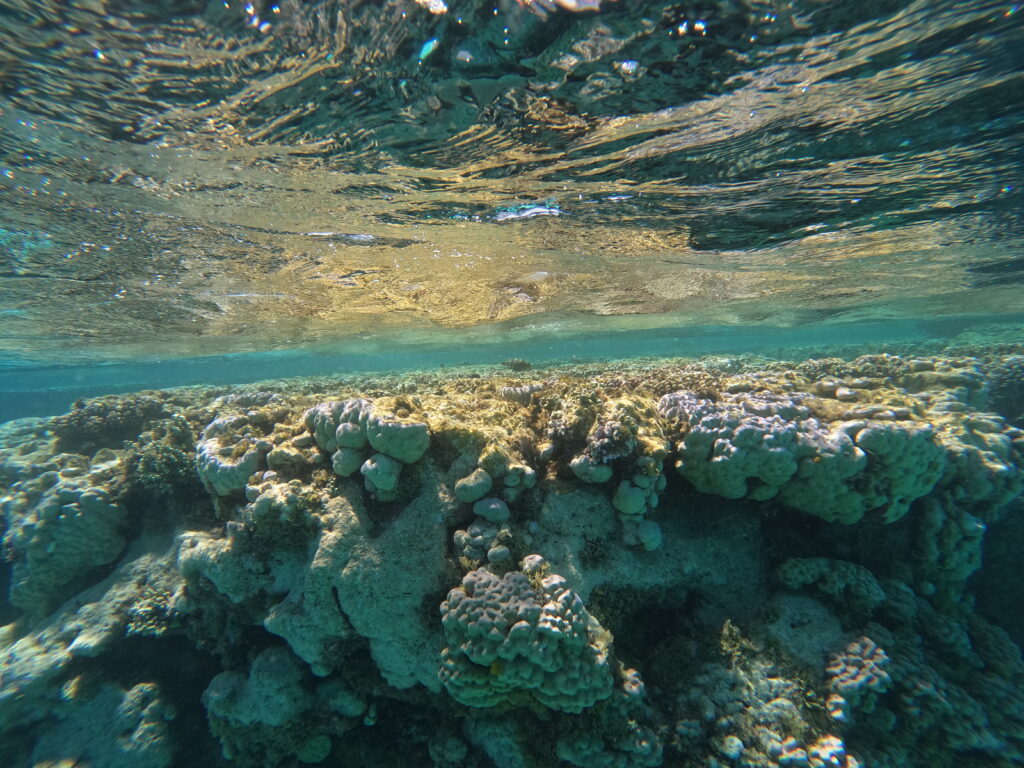
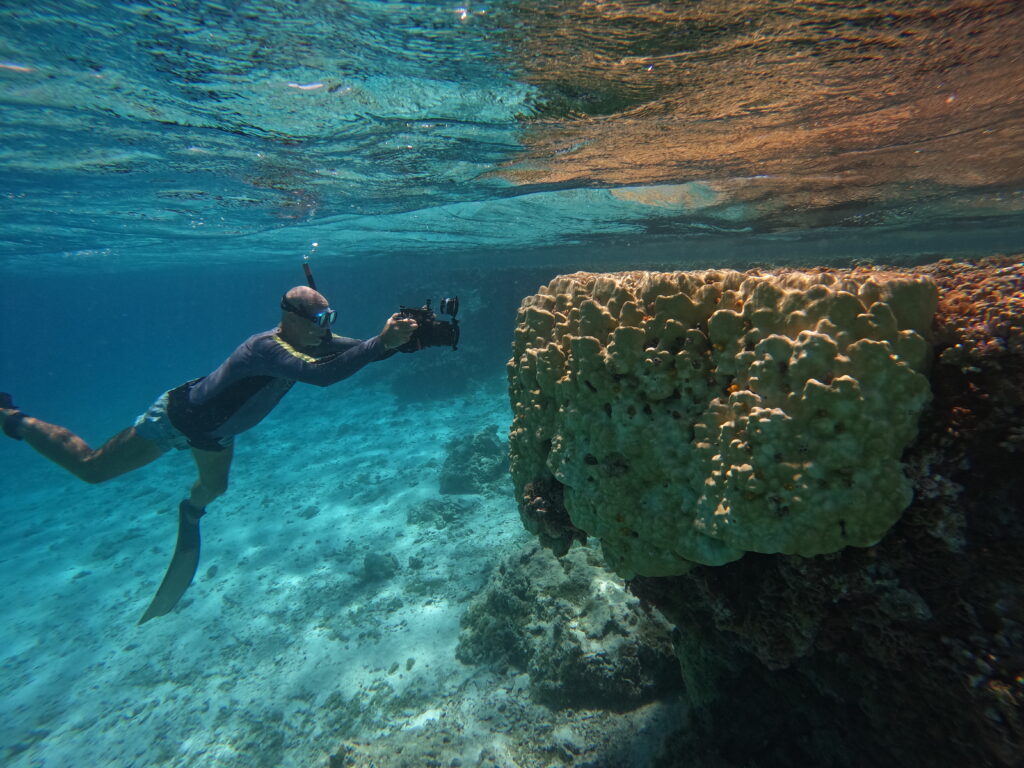
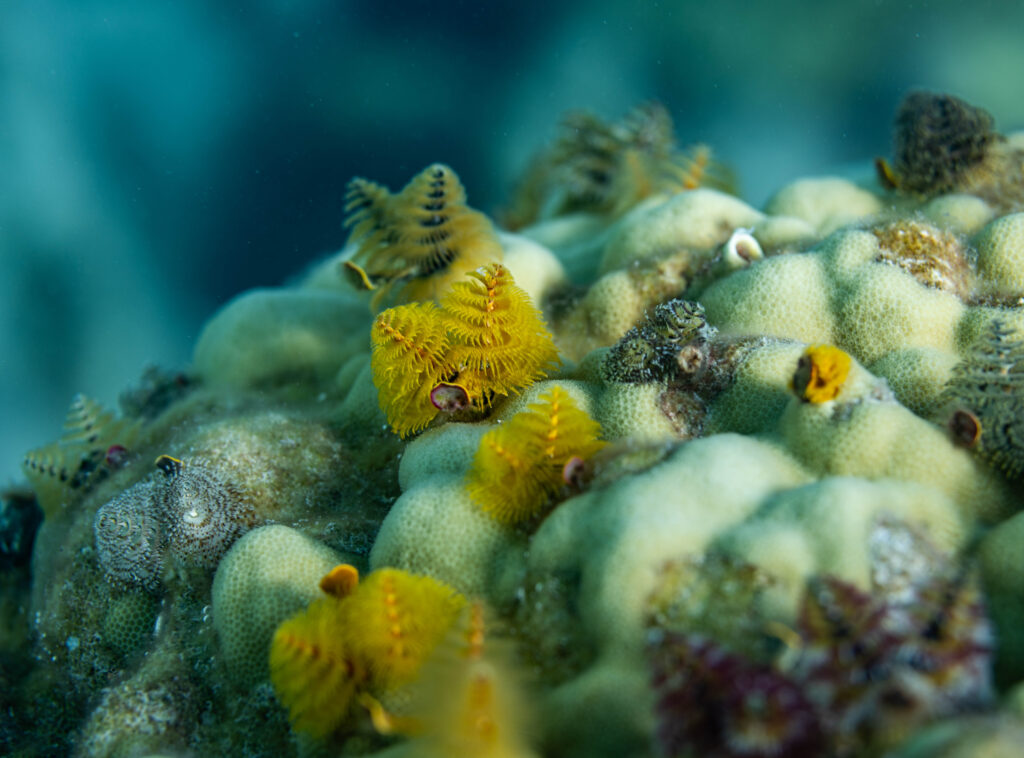
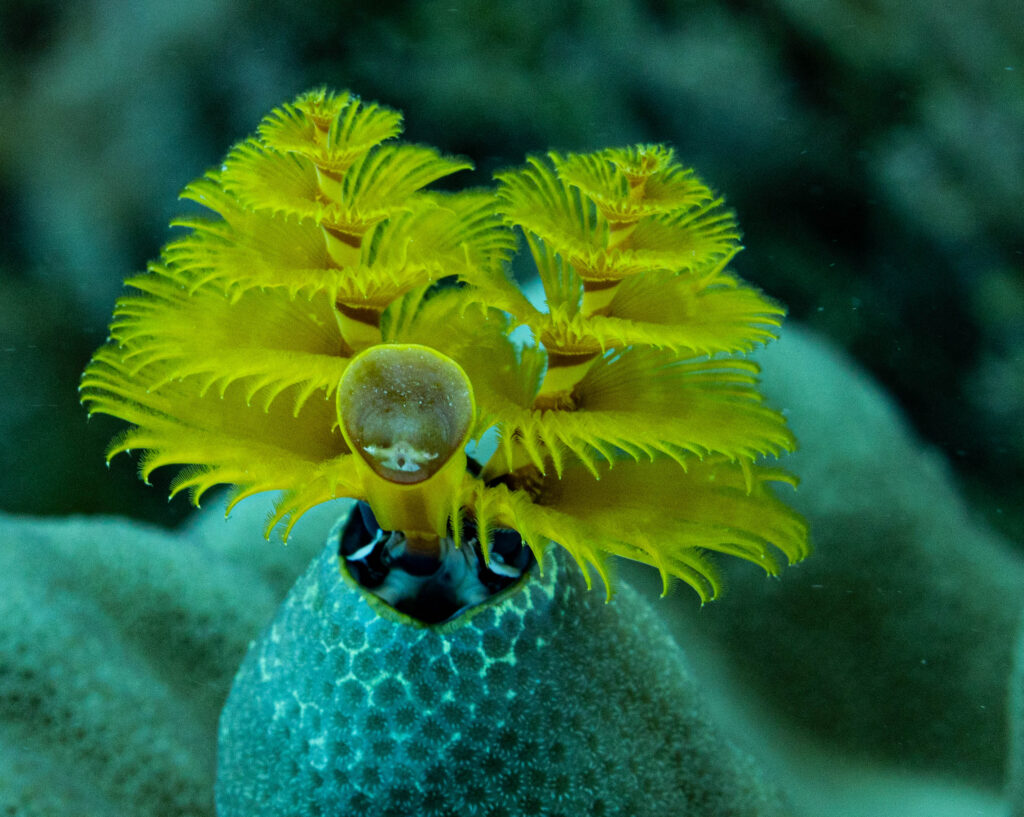
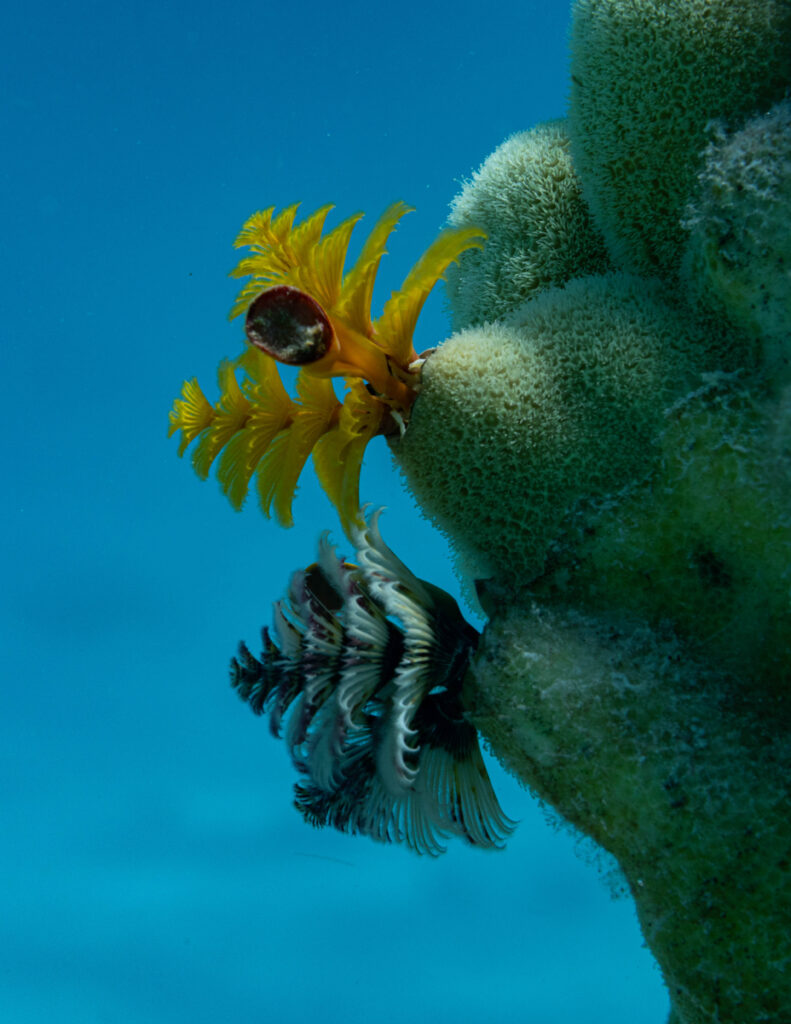
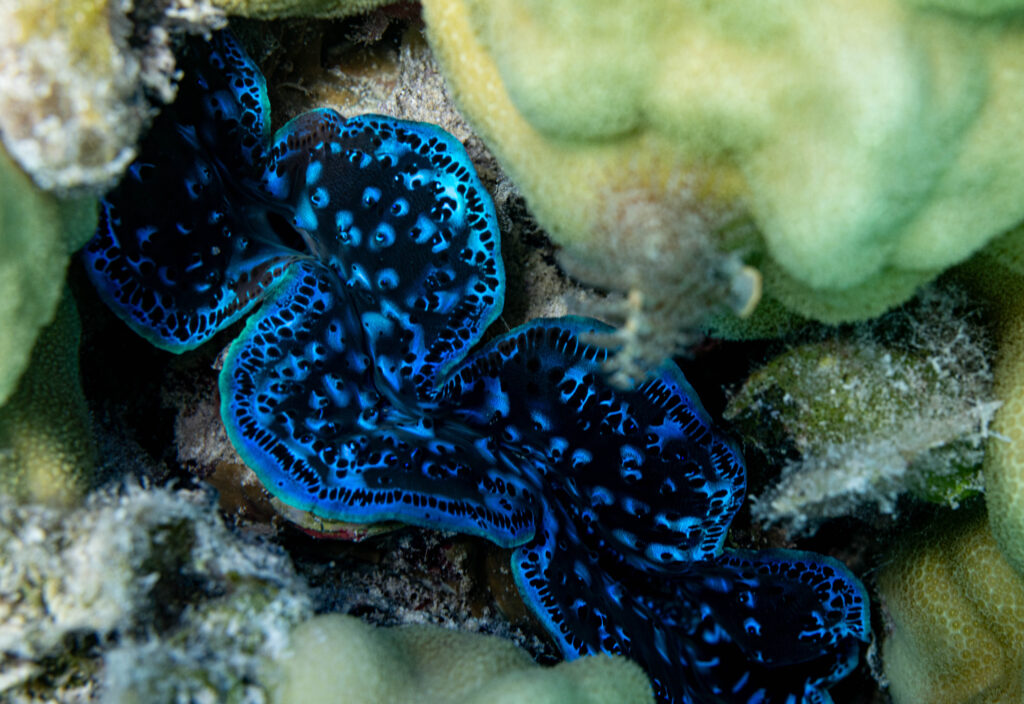
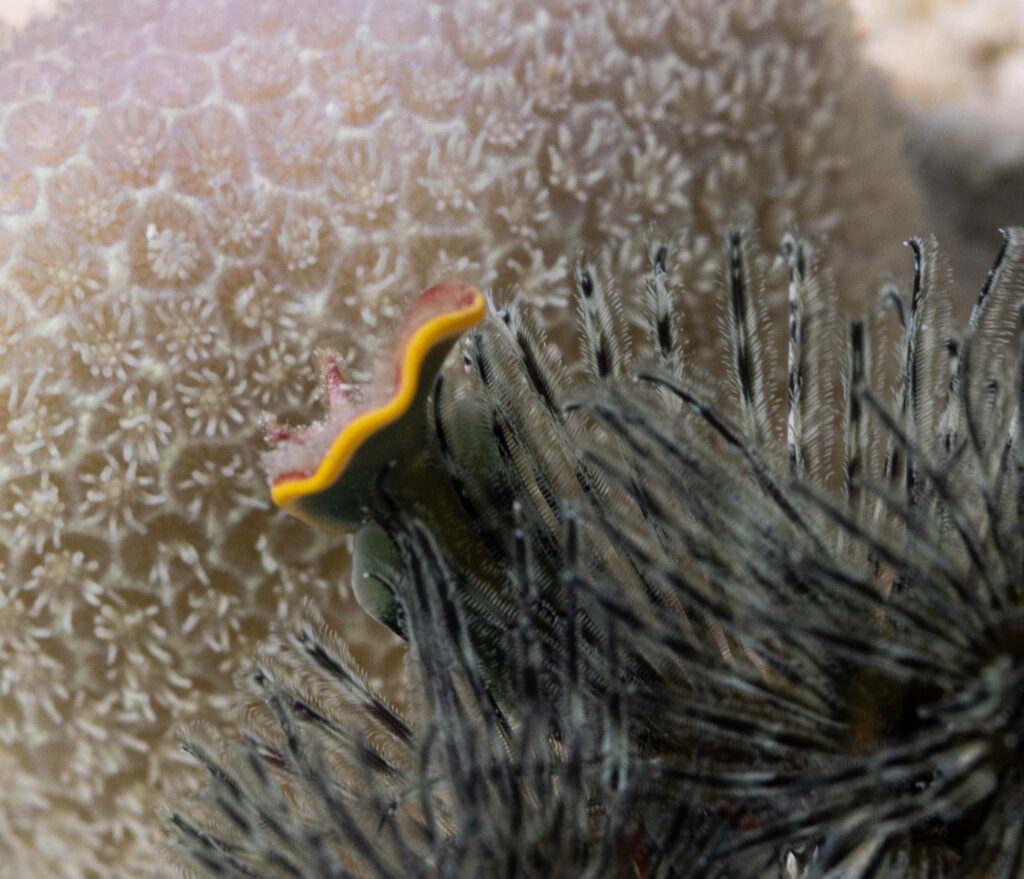
While snorkeling, we met a jumpy eagle ray that did not see the admiral hovering above it.
We left Amanu well rested, and ready to go back to the most famous atoll in the Tuamotu archipelago, Fakarava. We were eager to meet friends who were there, and planned to celebrated the captain’s upcoming big birthday there.
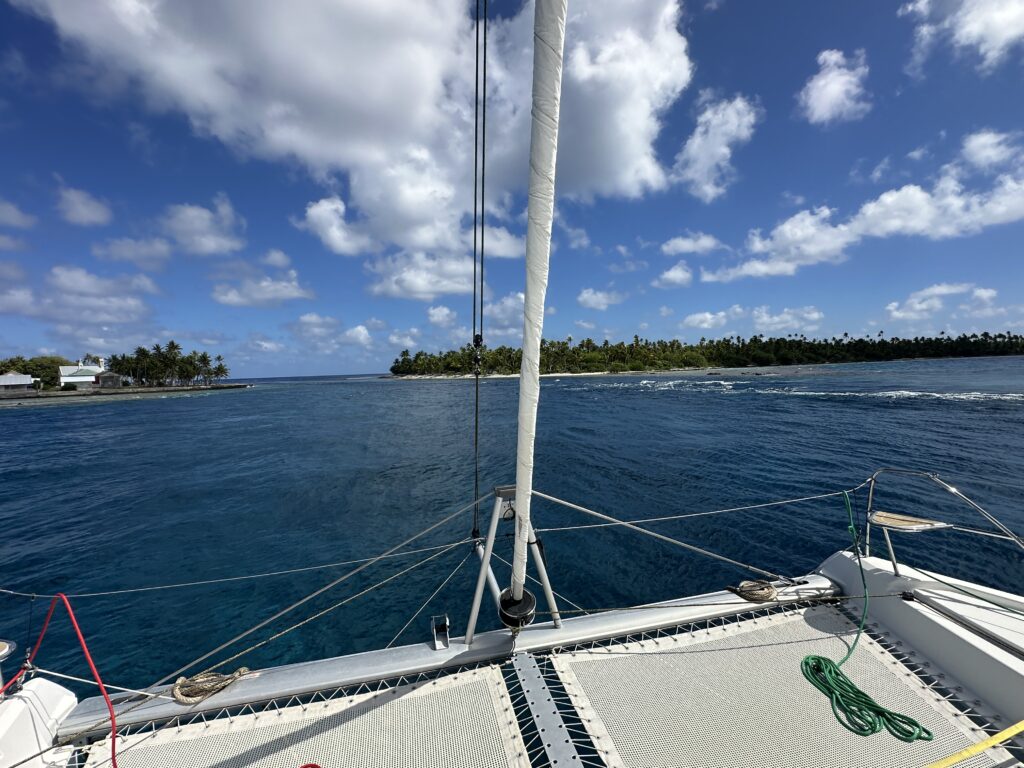
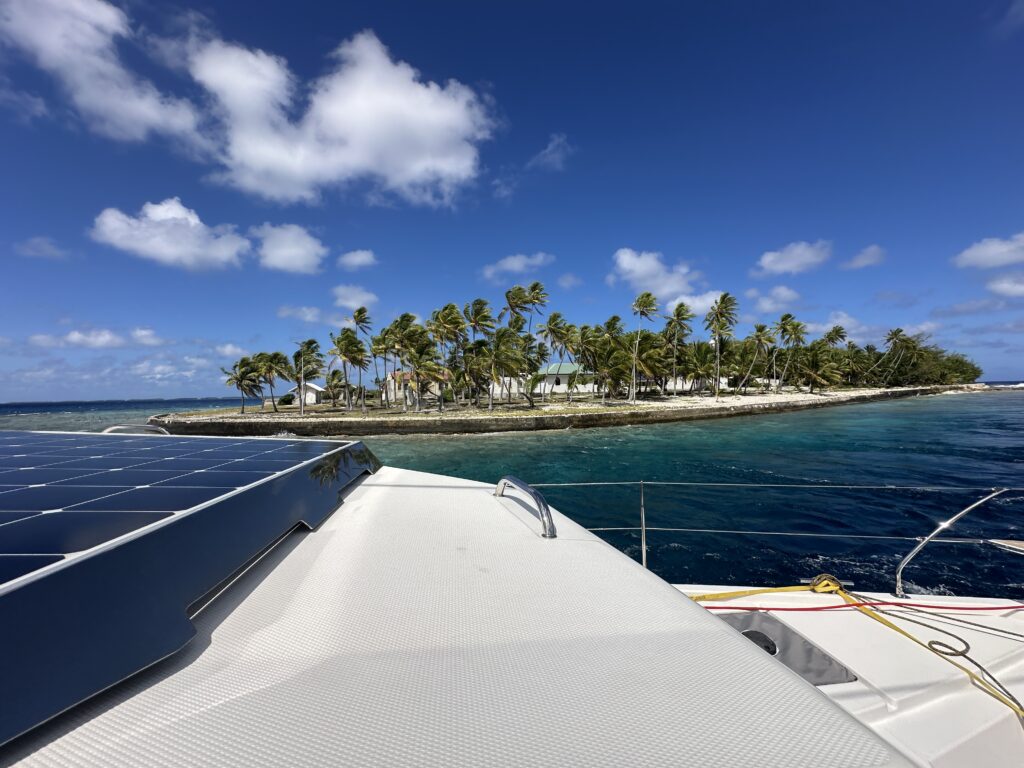
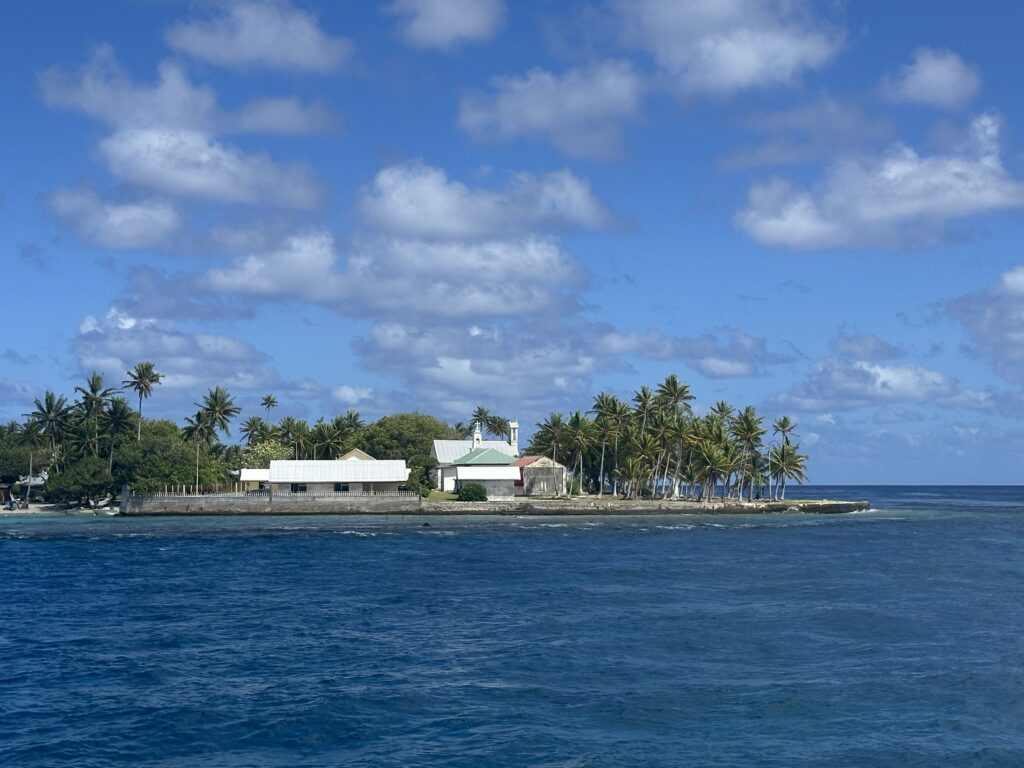
We left the pass and Amanu without any issues, and settled in for the two nights it would take us to get to Fakarava. We had the nicest passage we have experienced in French Polynesia, and were able to fly our Oxley parasailor for most of the distance. We were lucky to have a full moon light up our nights and even saw a blood moon one of the nights!
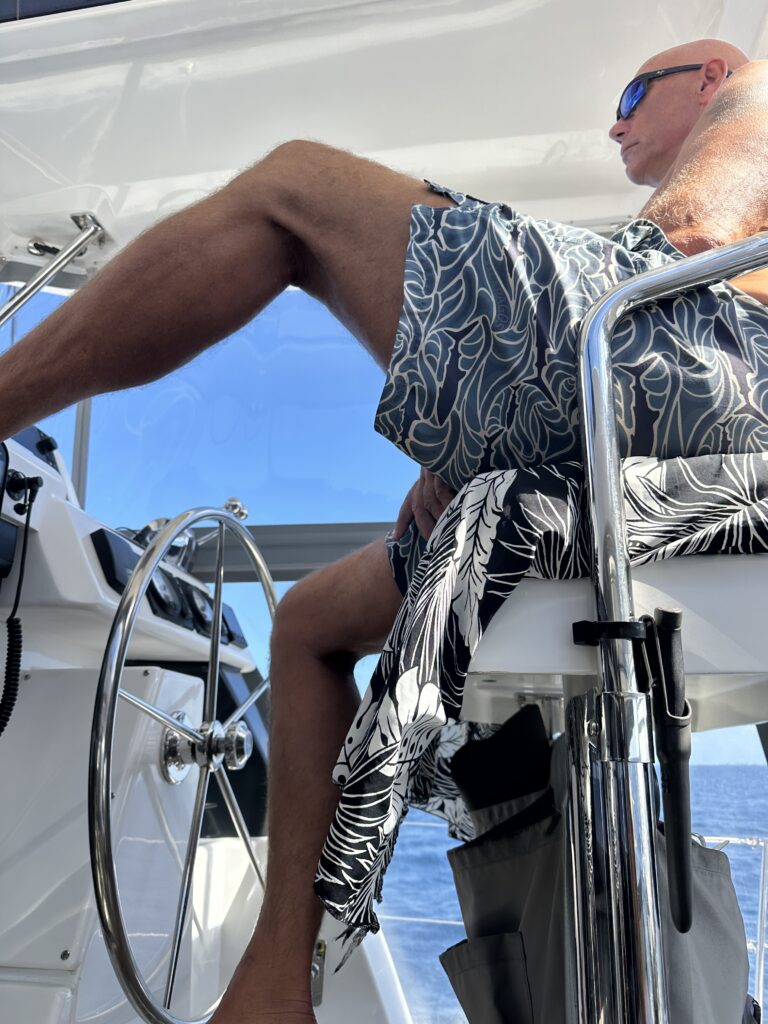
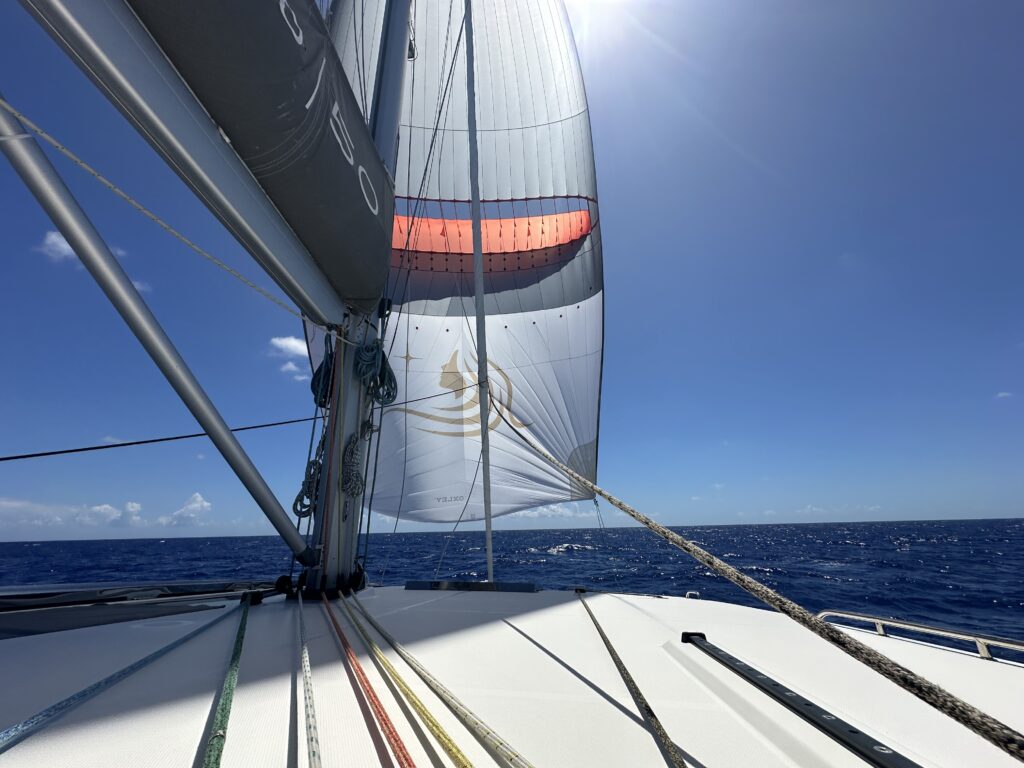
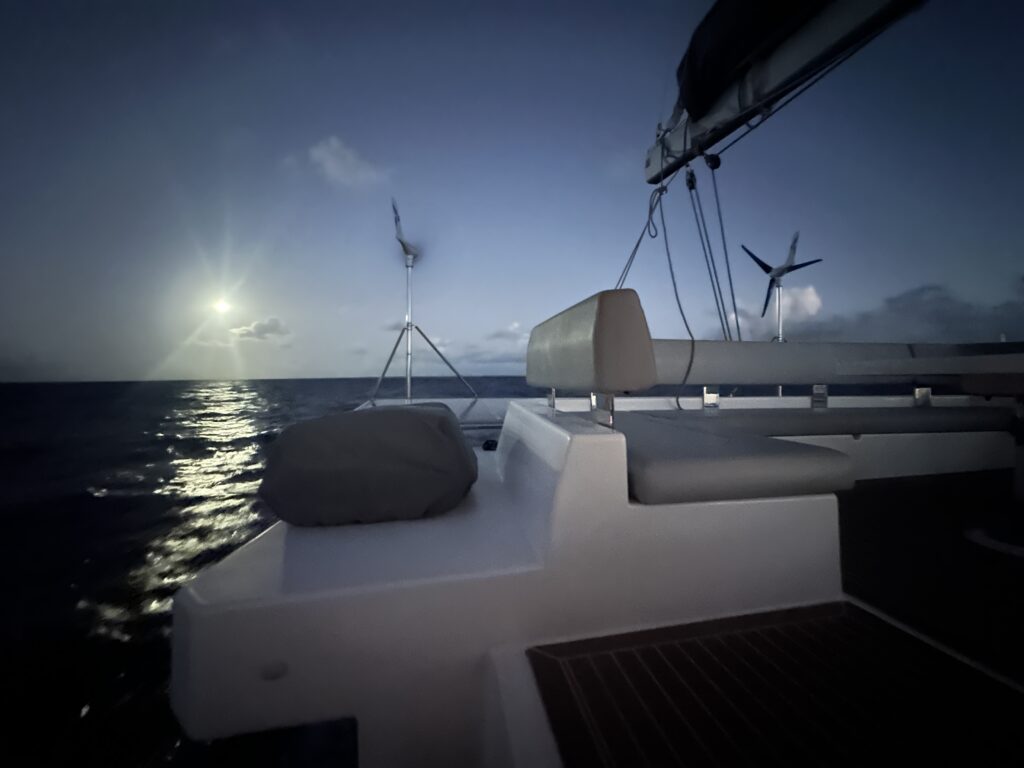
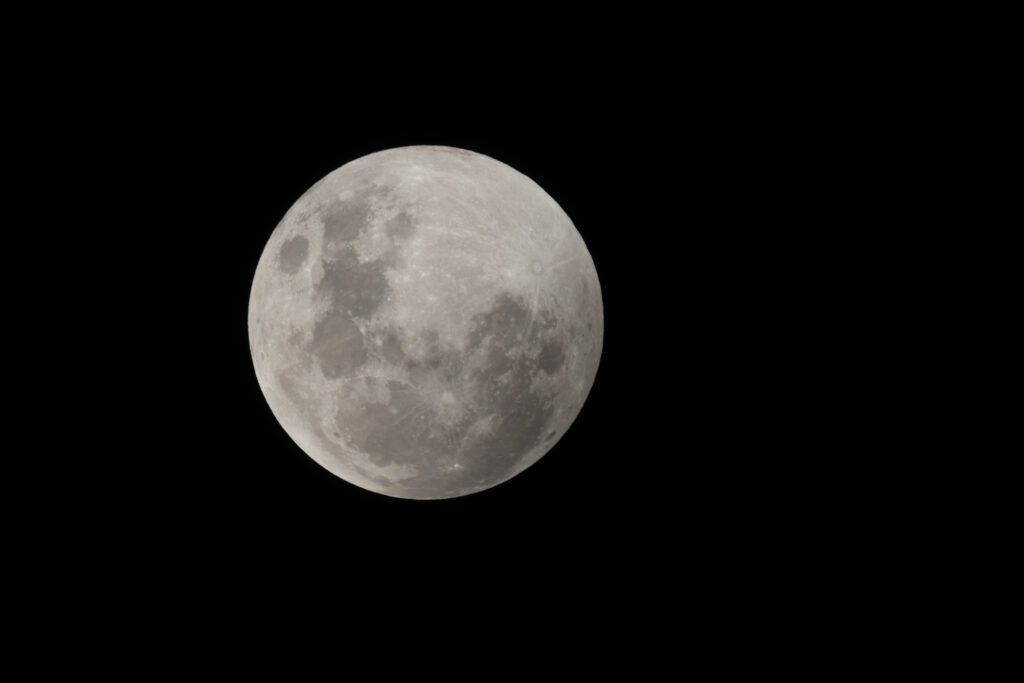
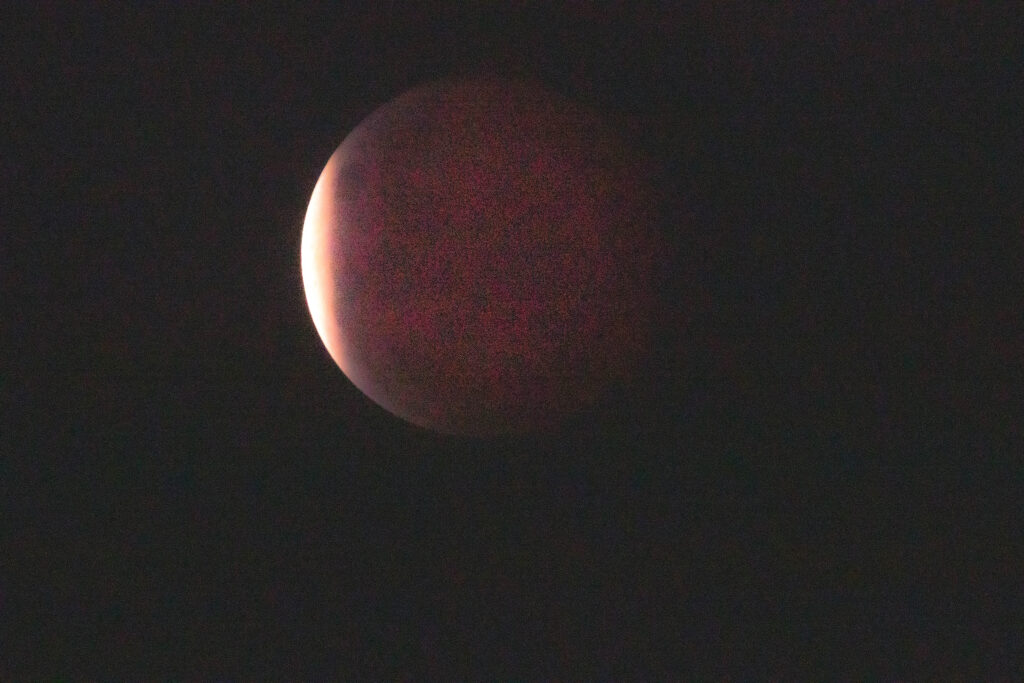
We arrived in the early morning hours at the South pass in Fakarava, and are now back on a well known turf, which feels very good. It is not often we venture back to places we have been before, so this is a rare experience!
